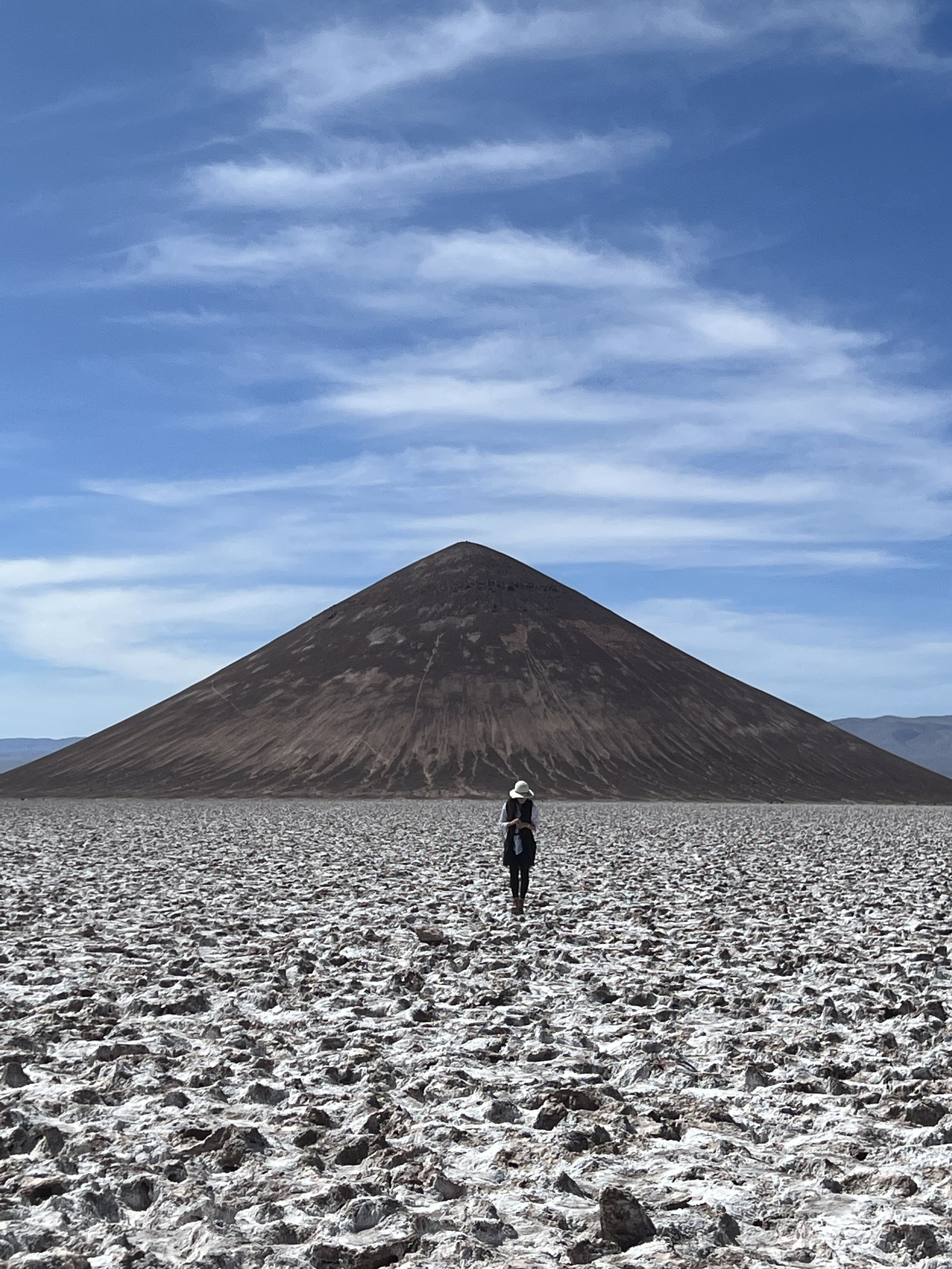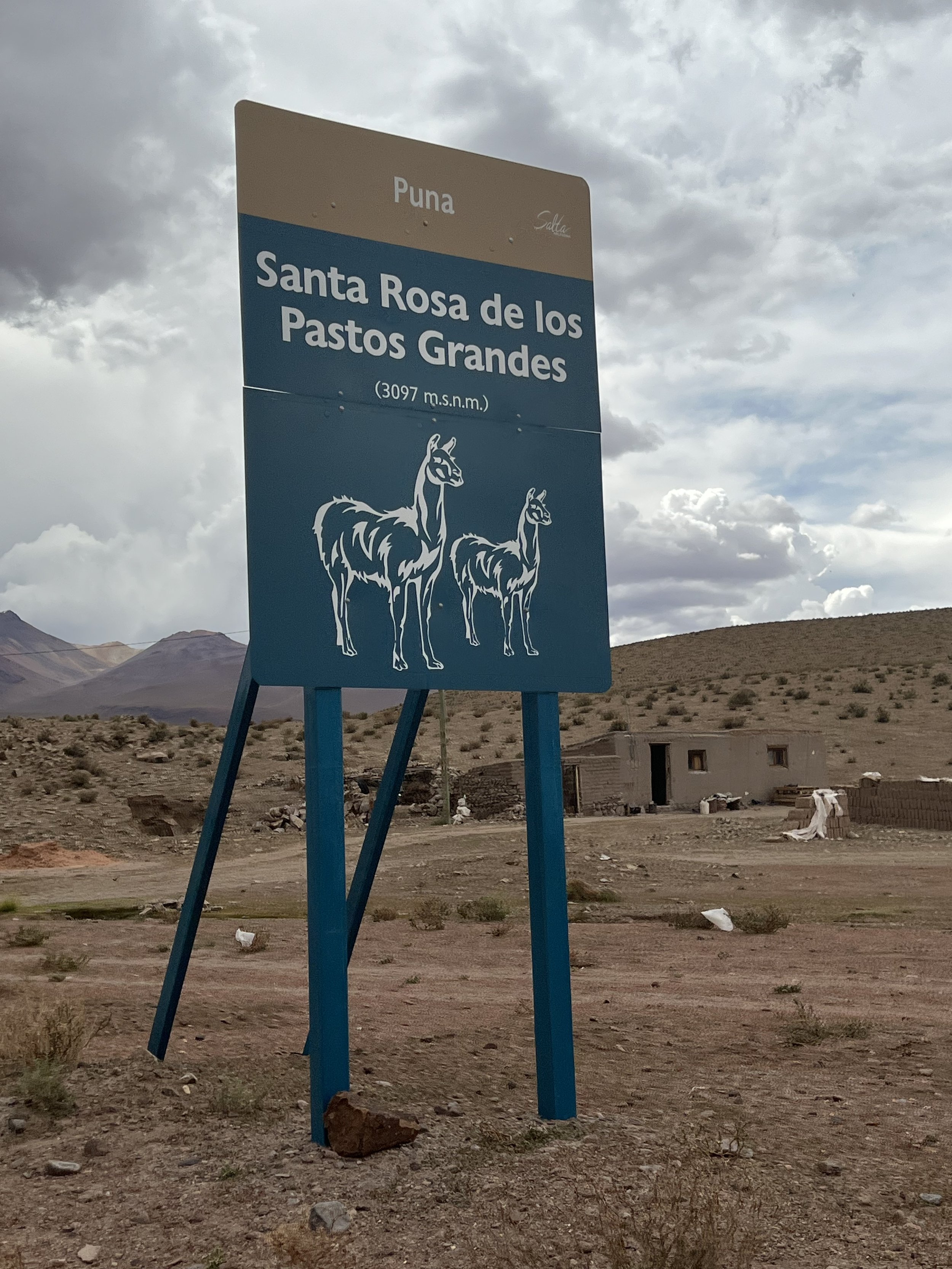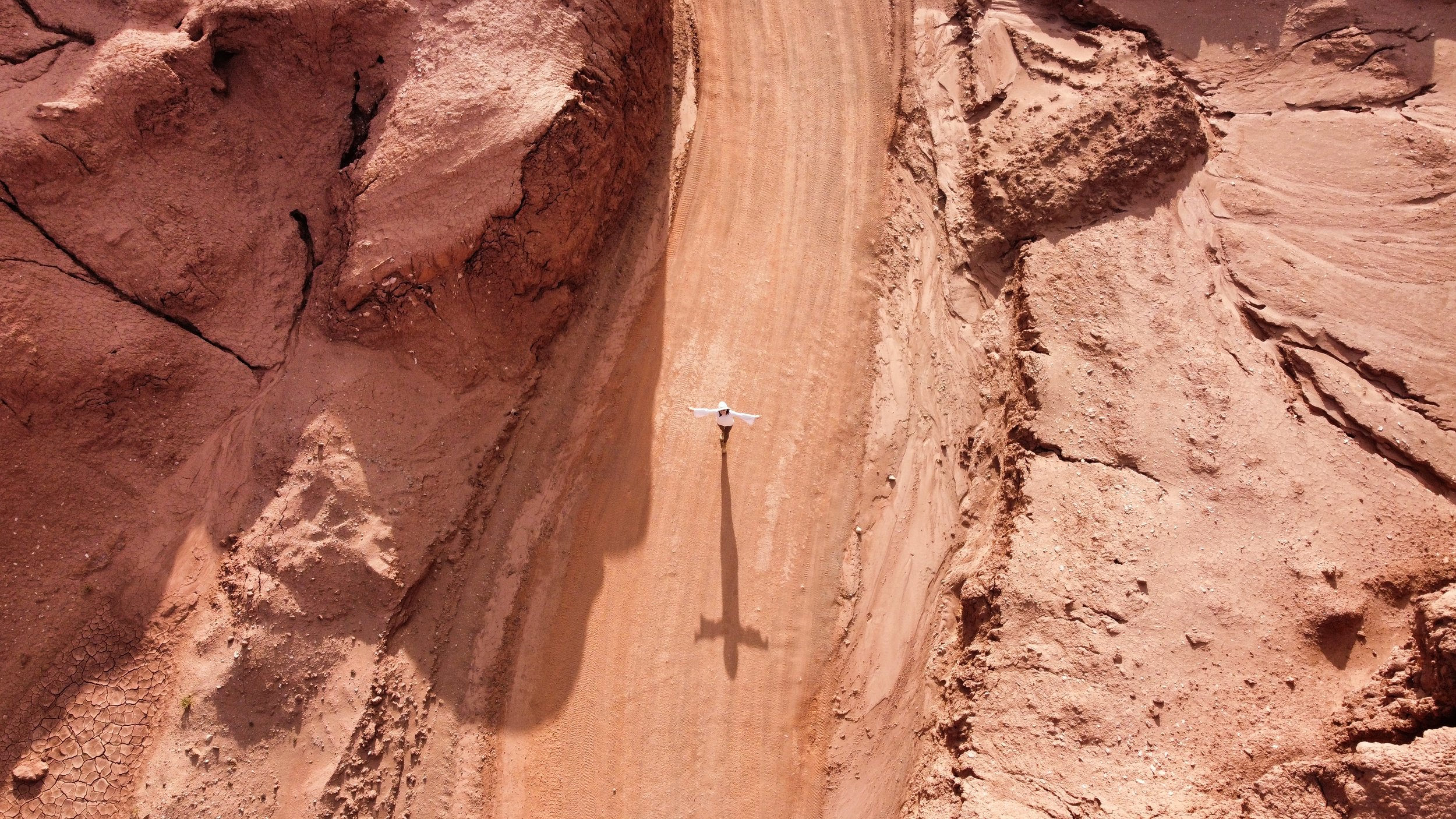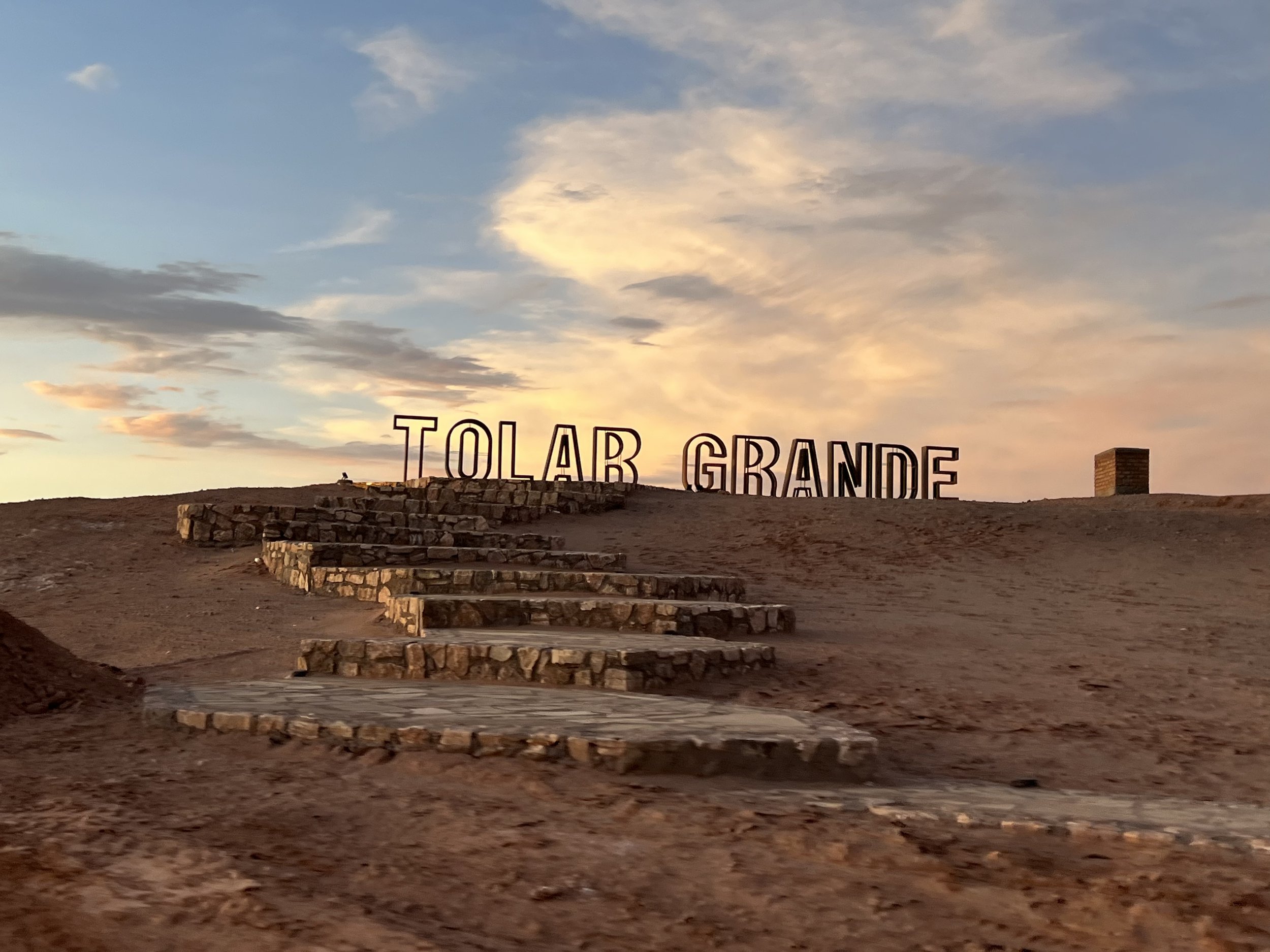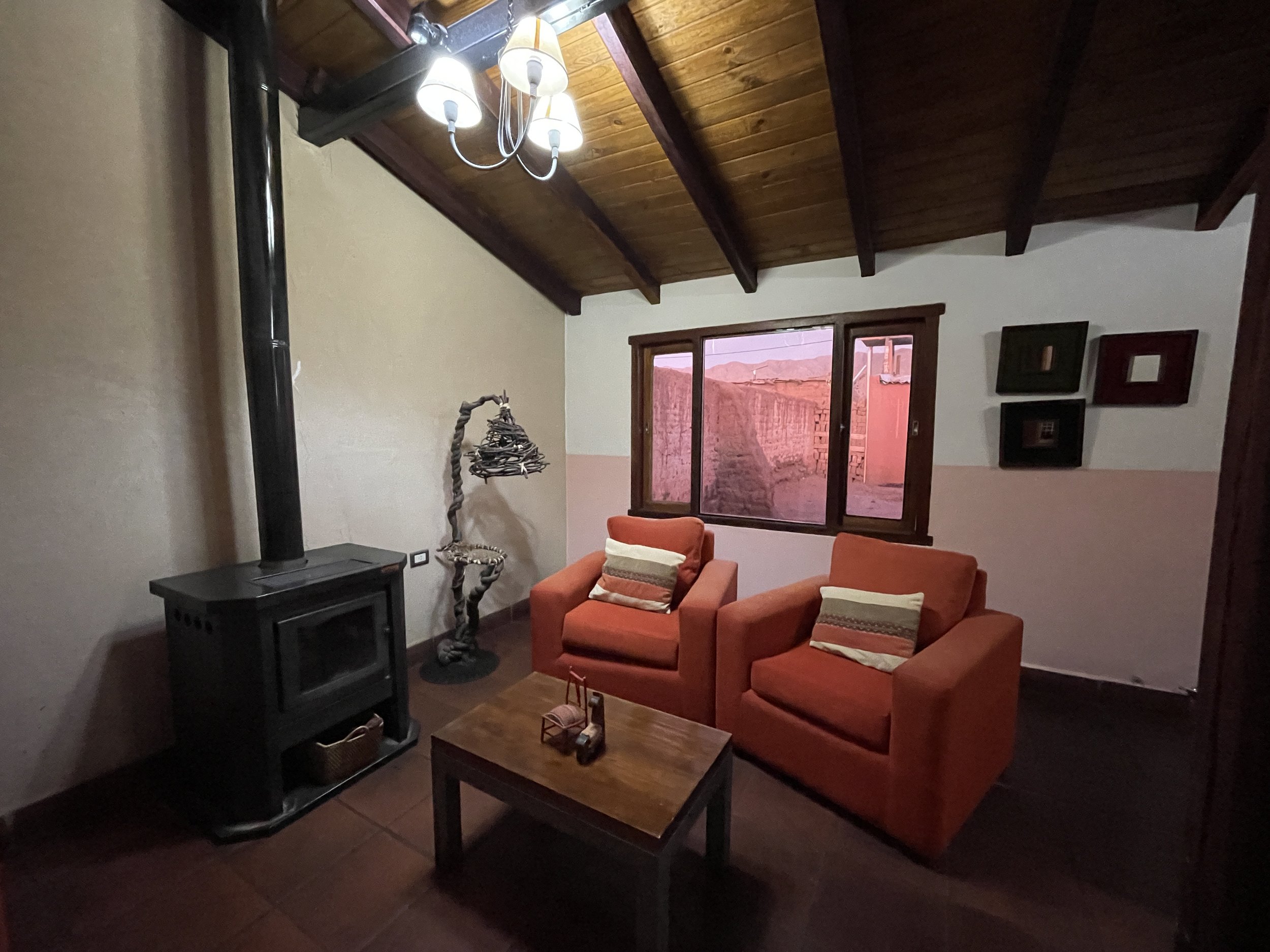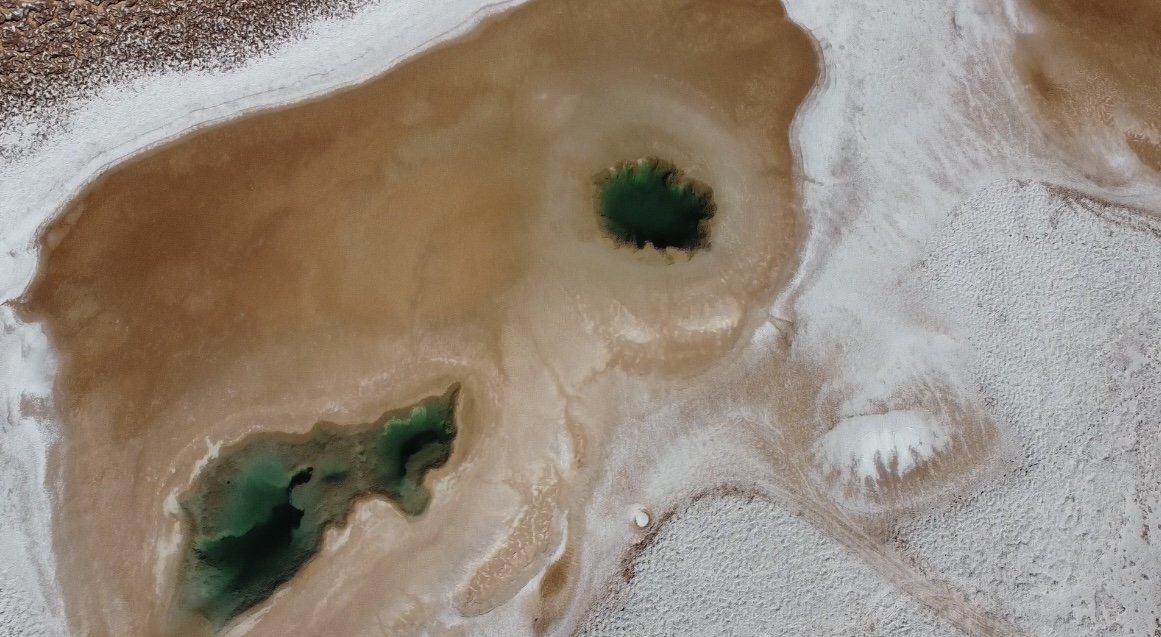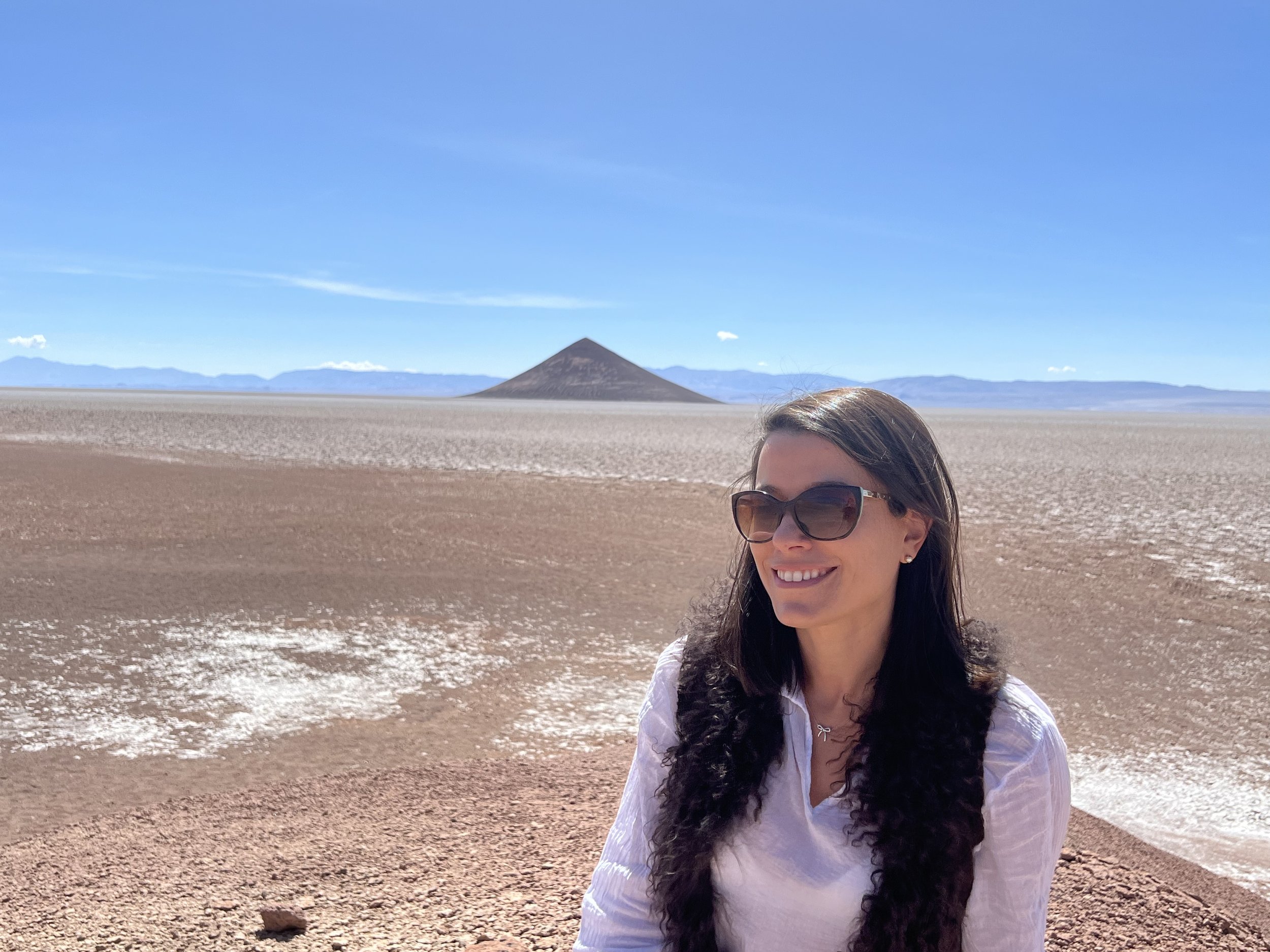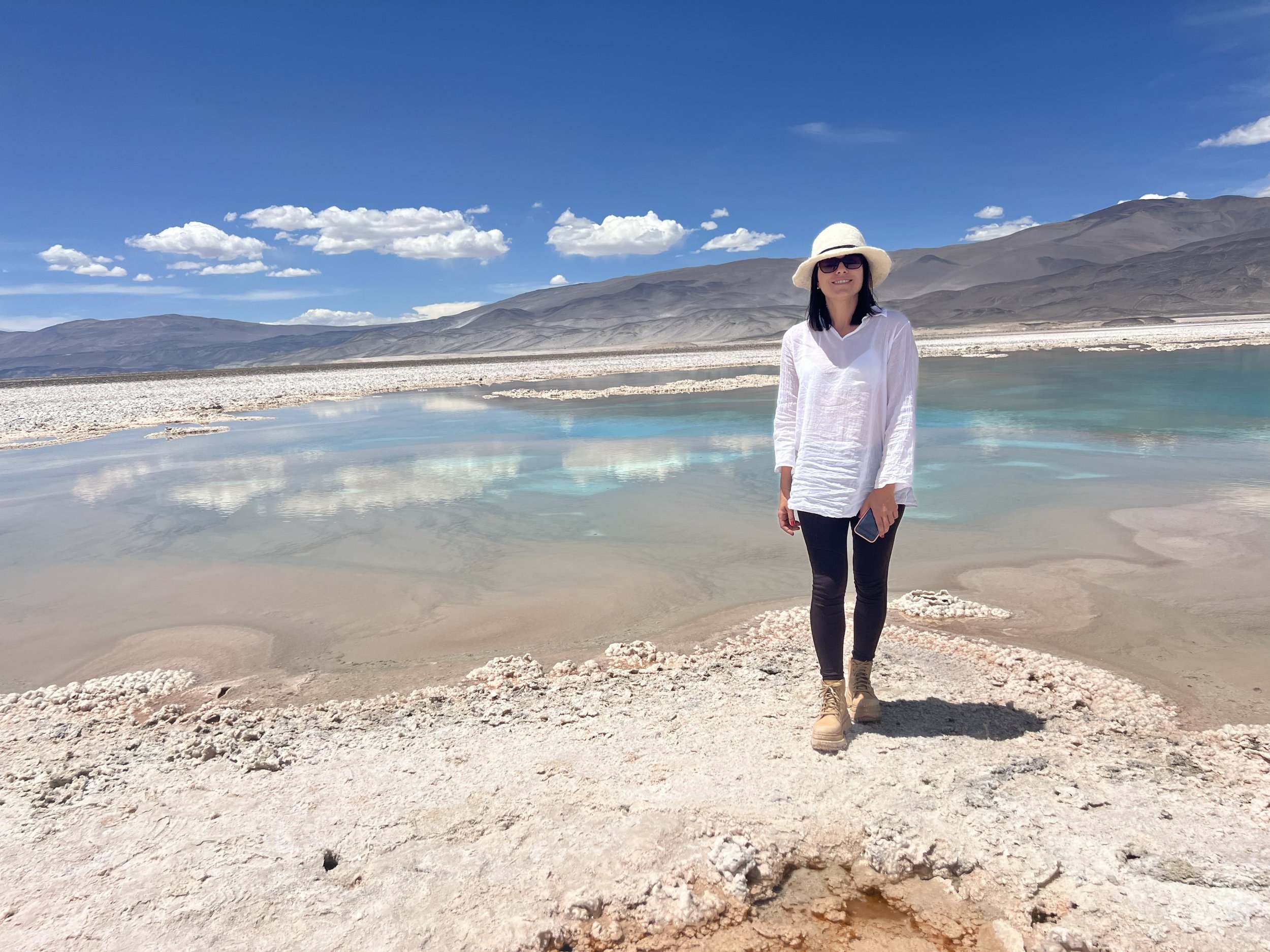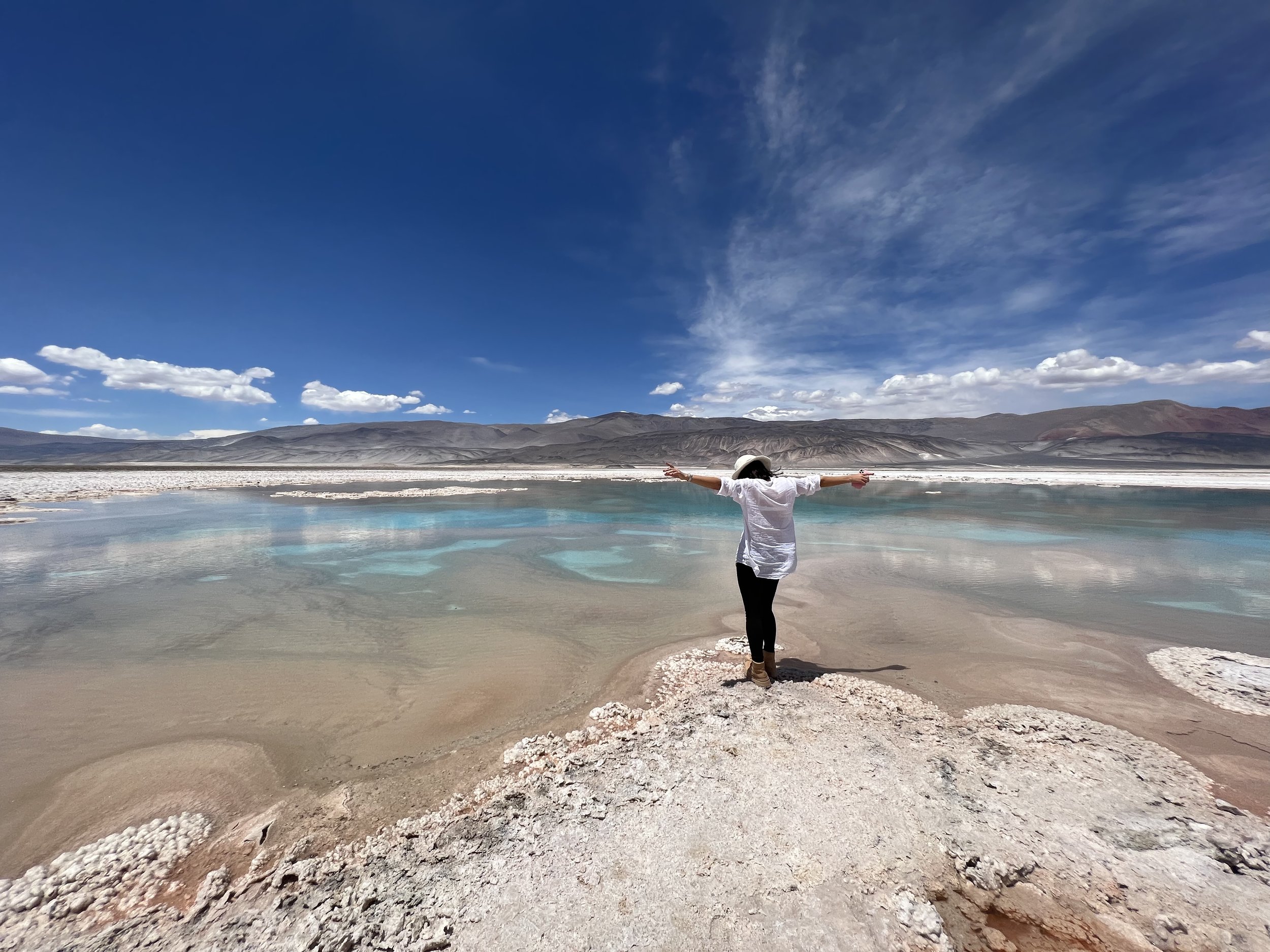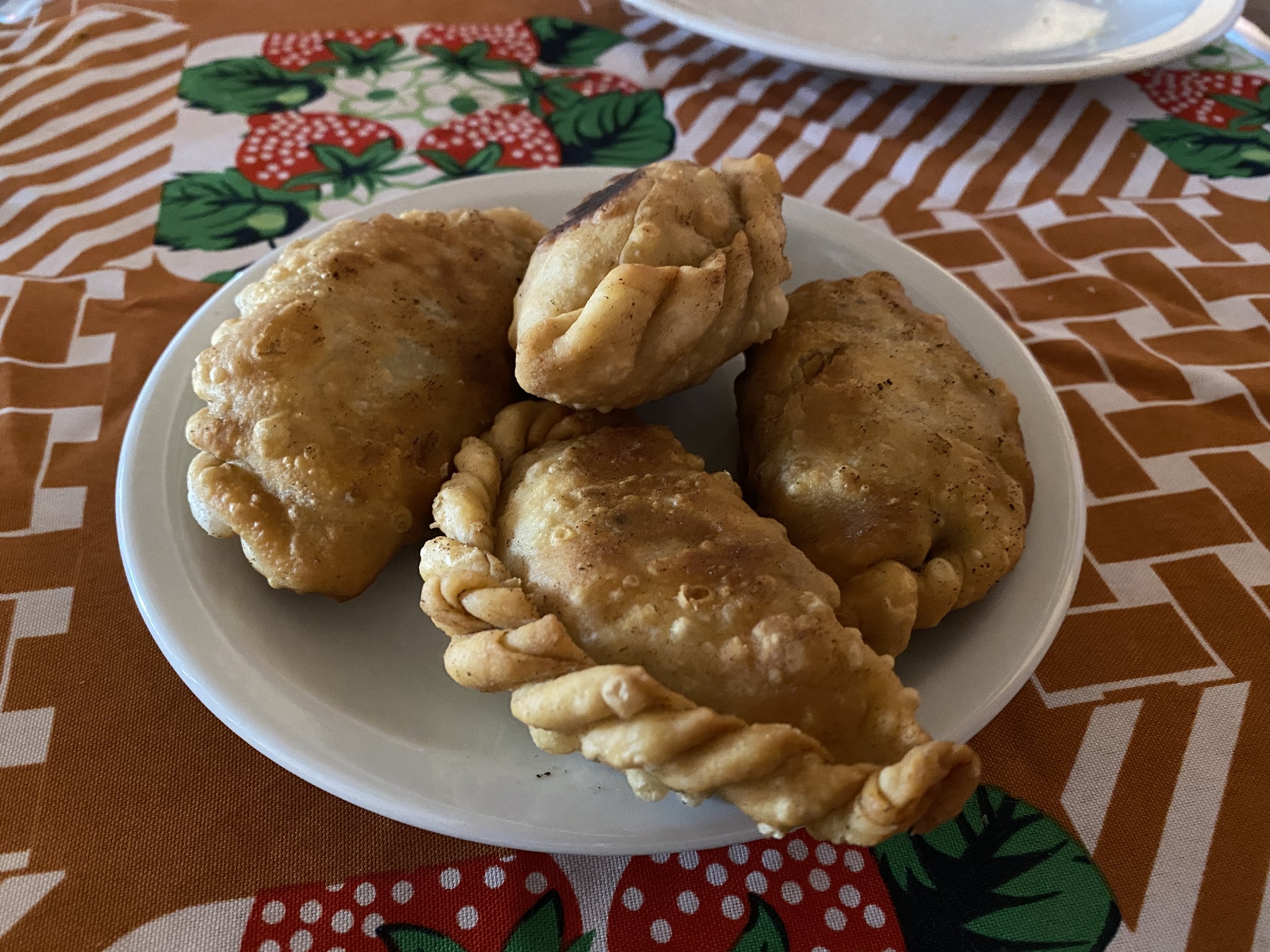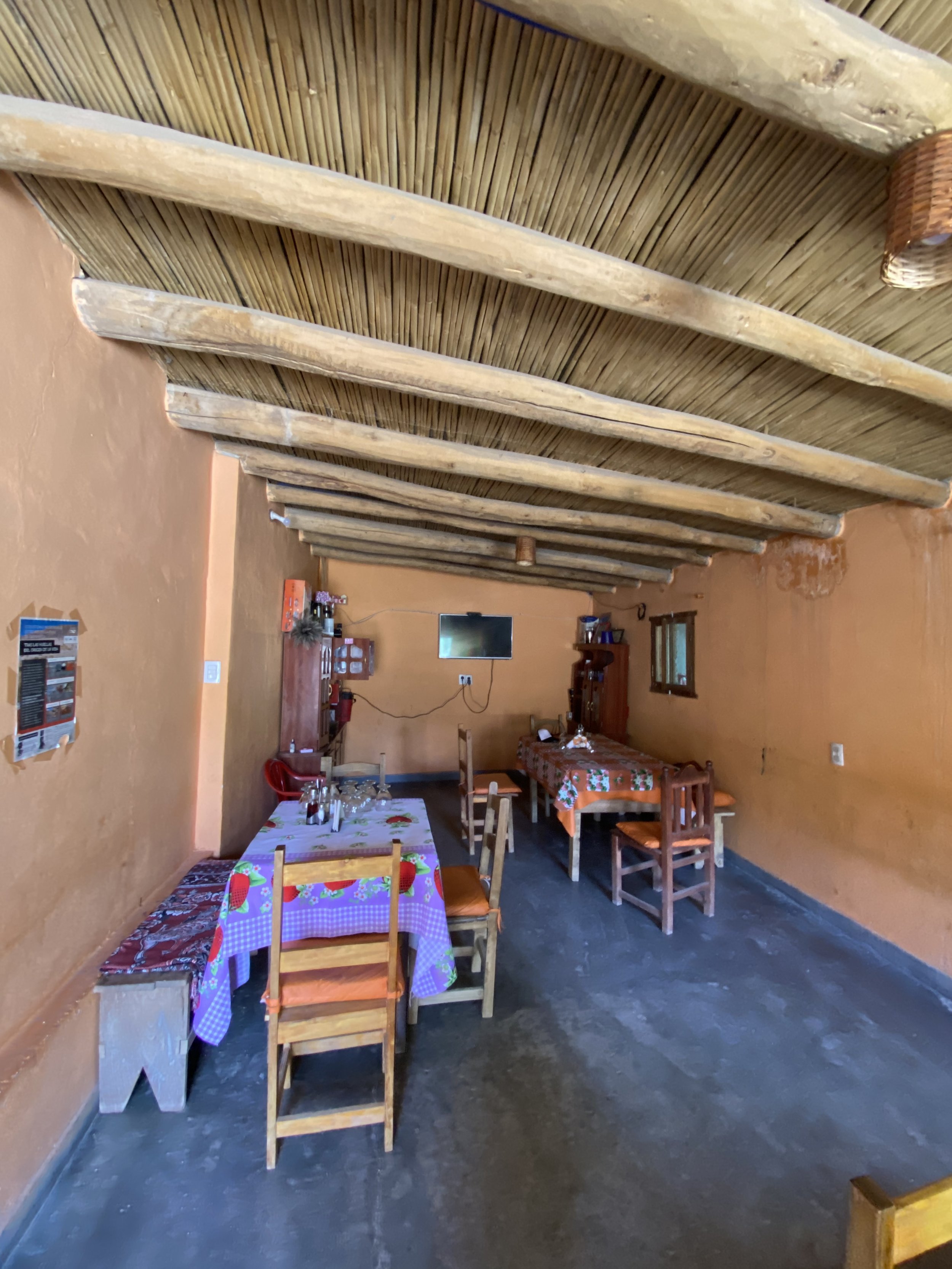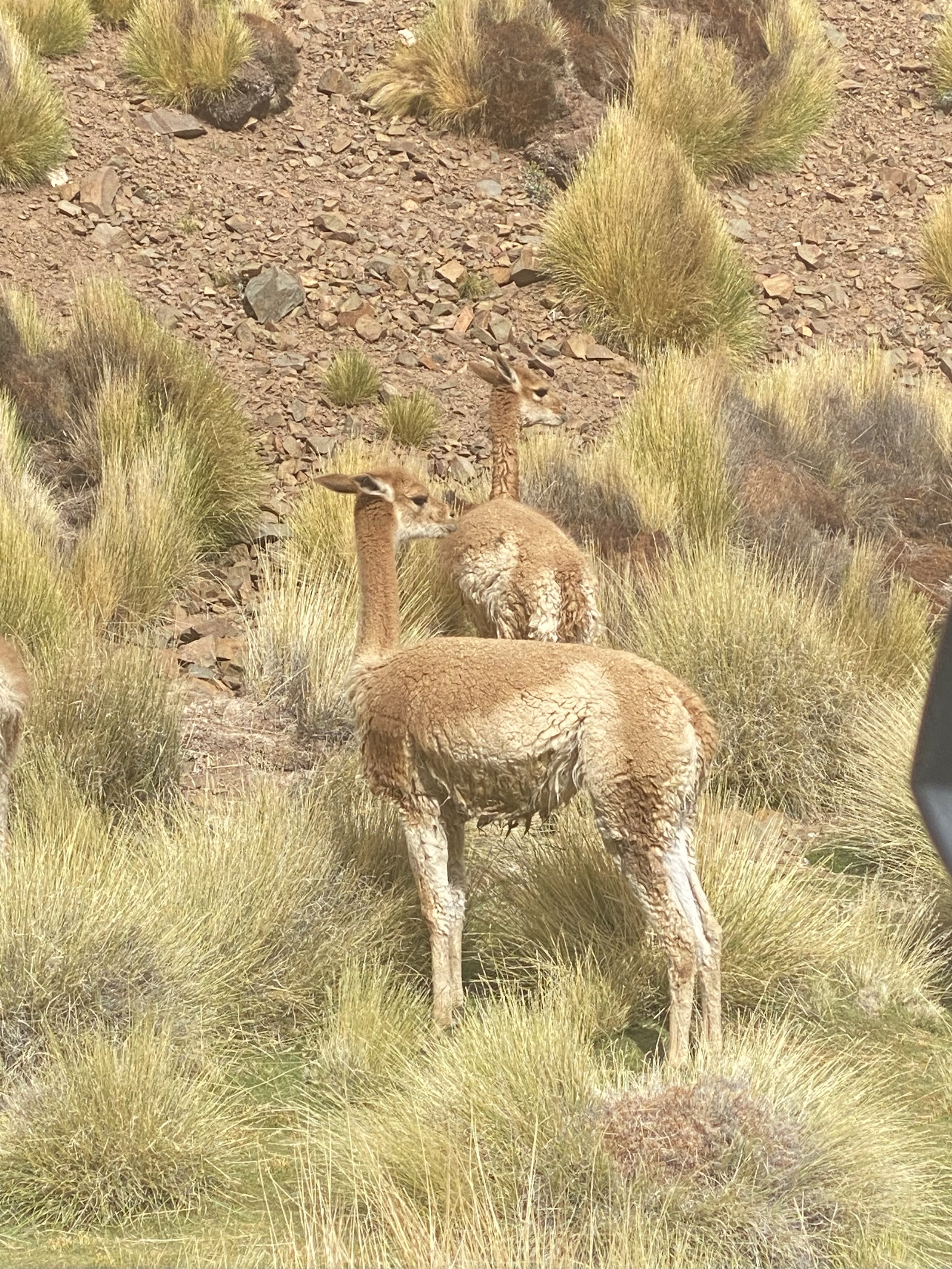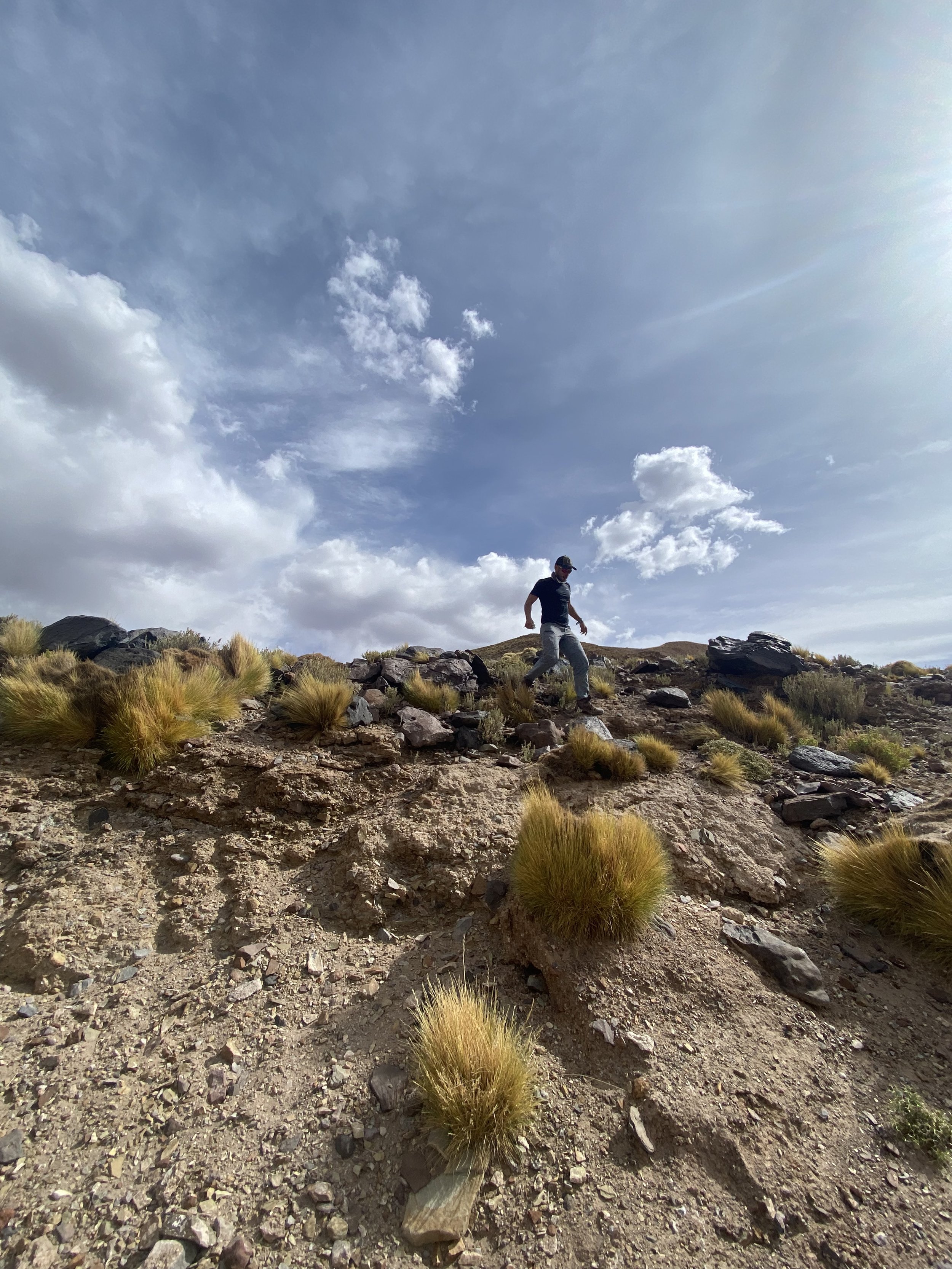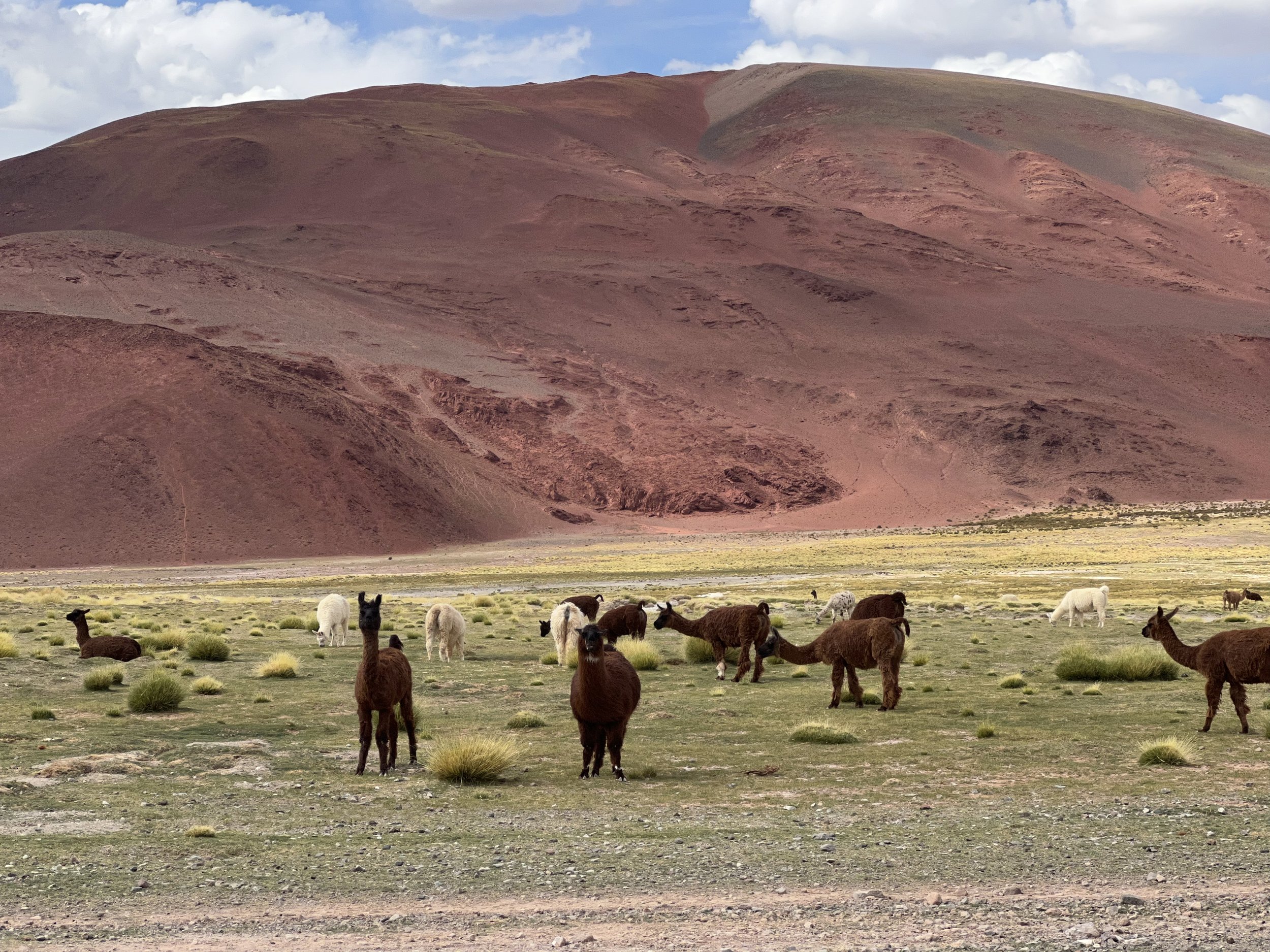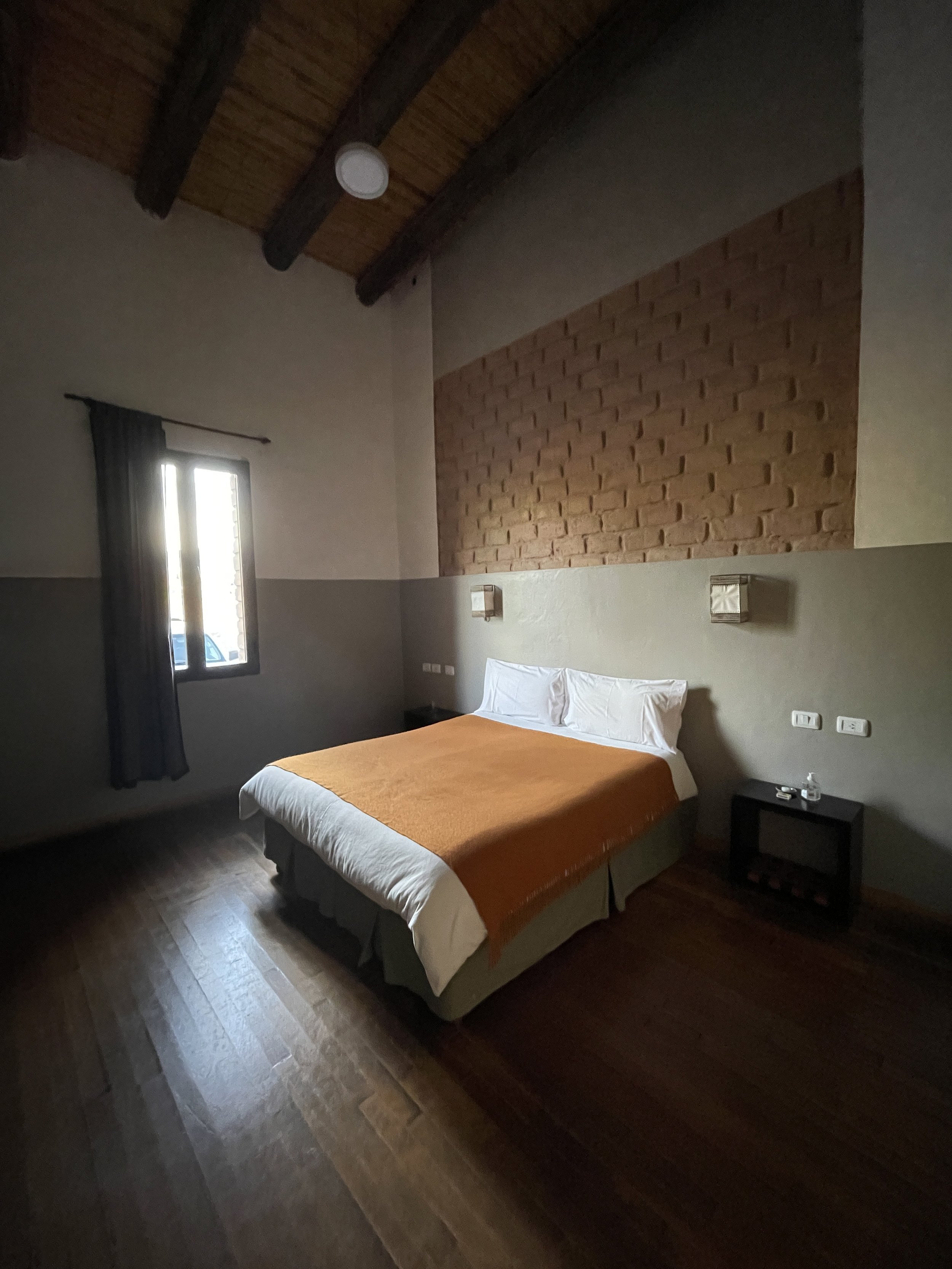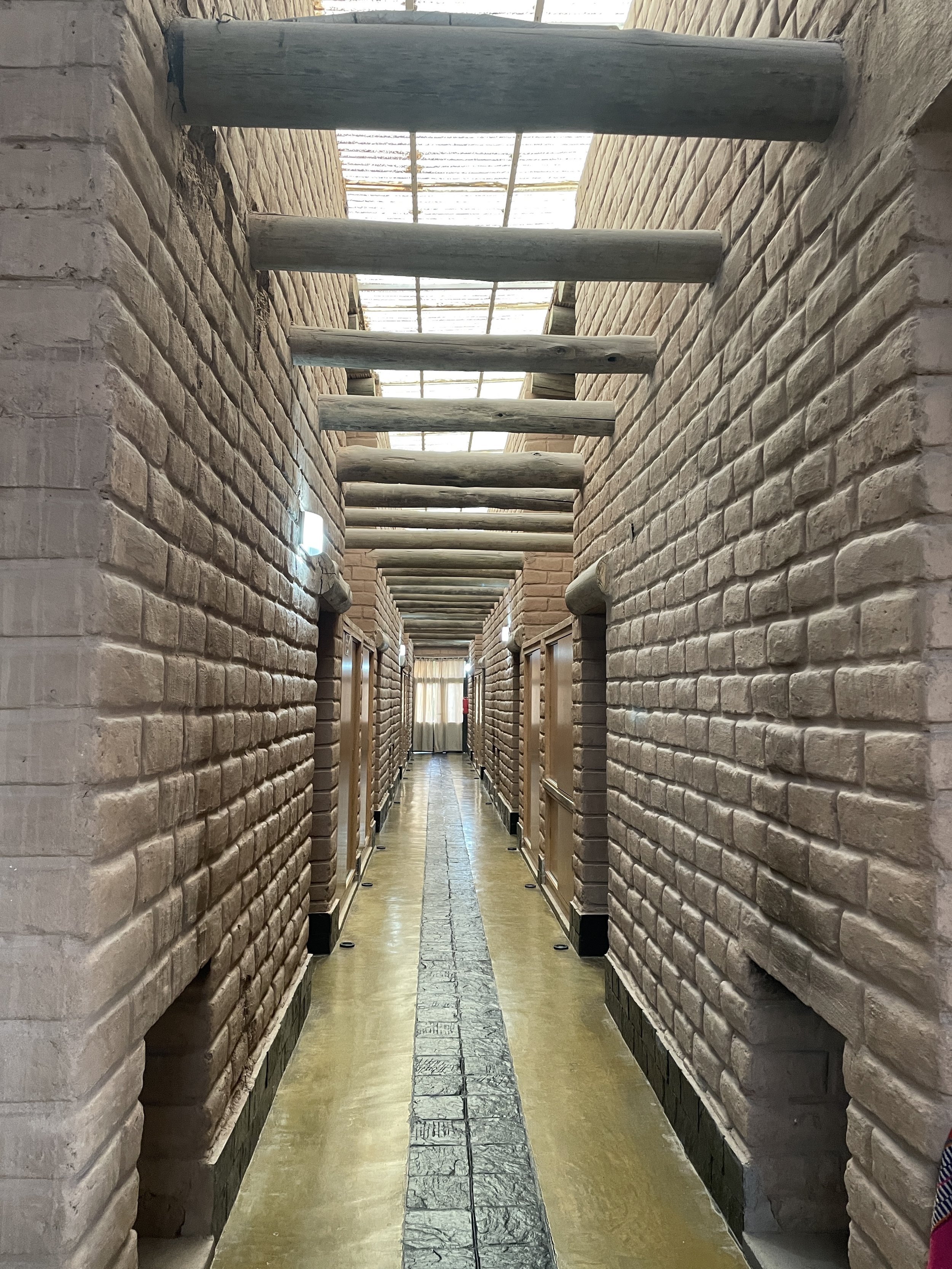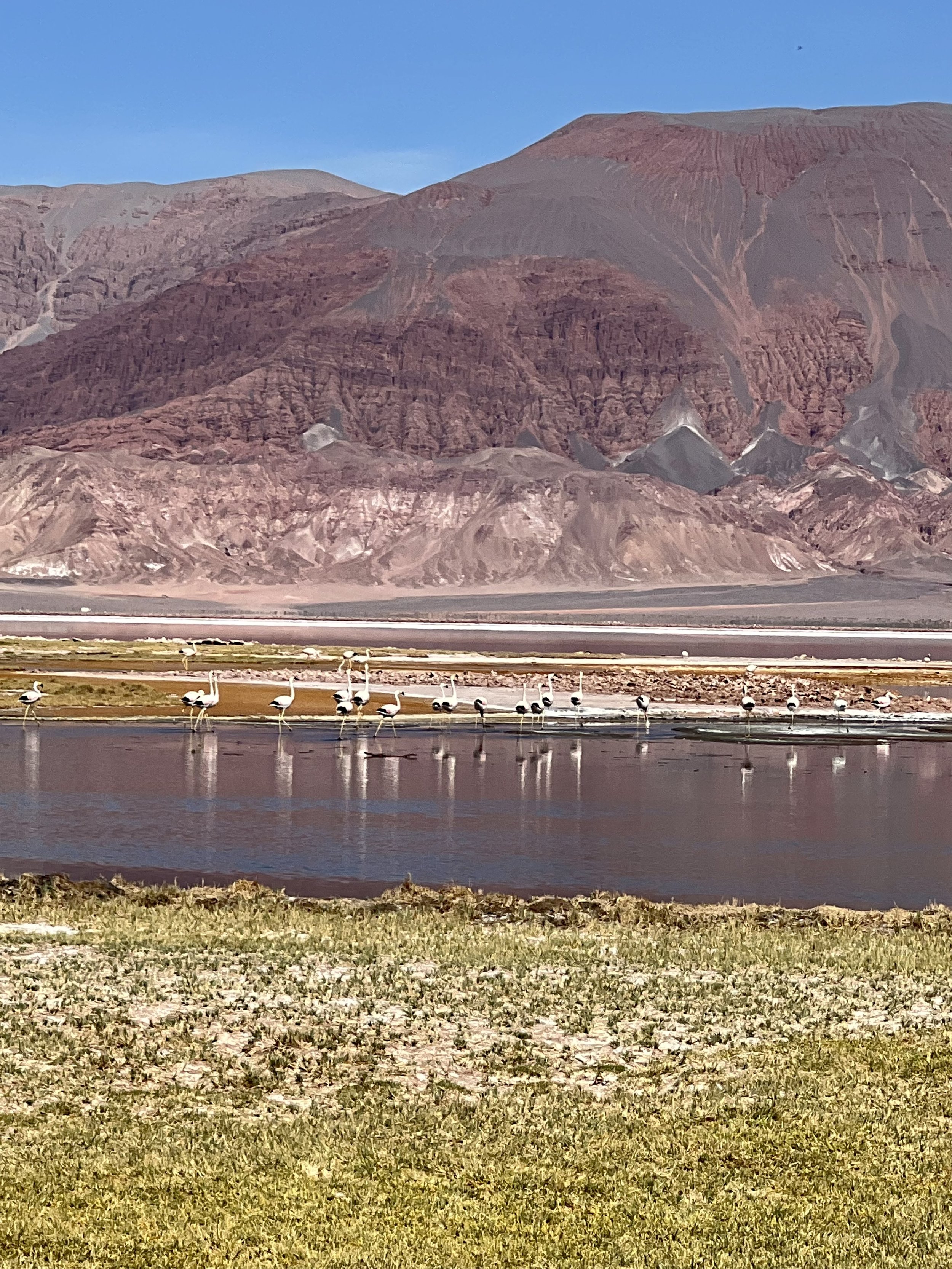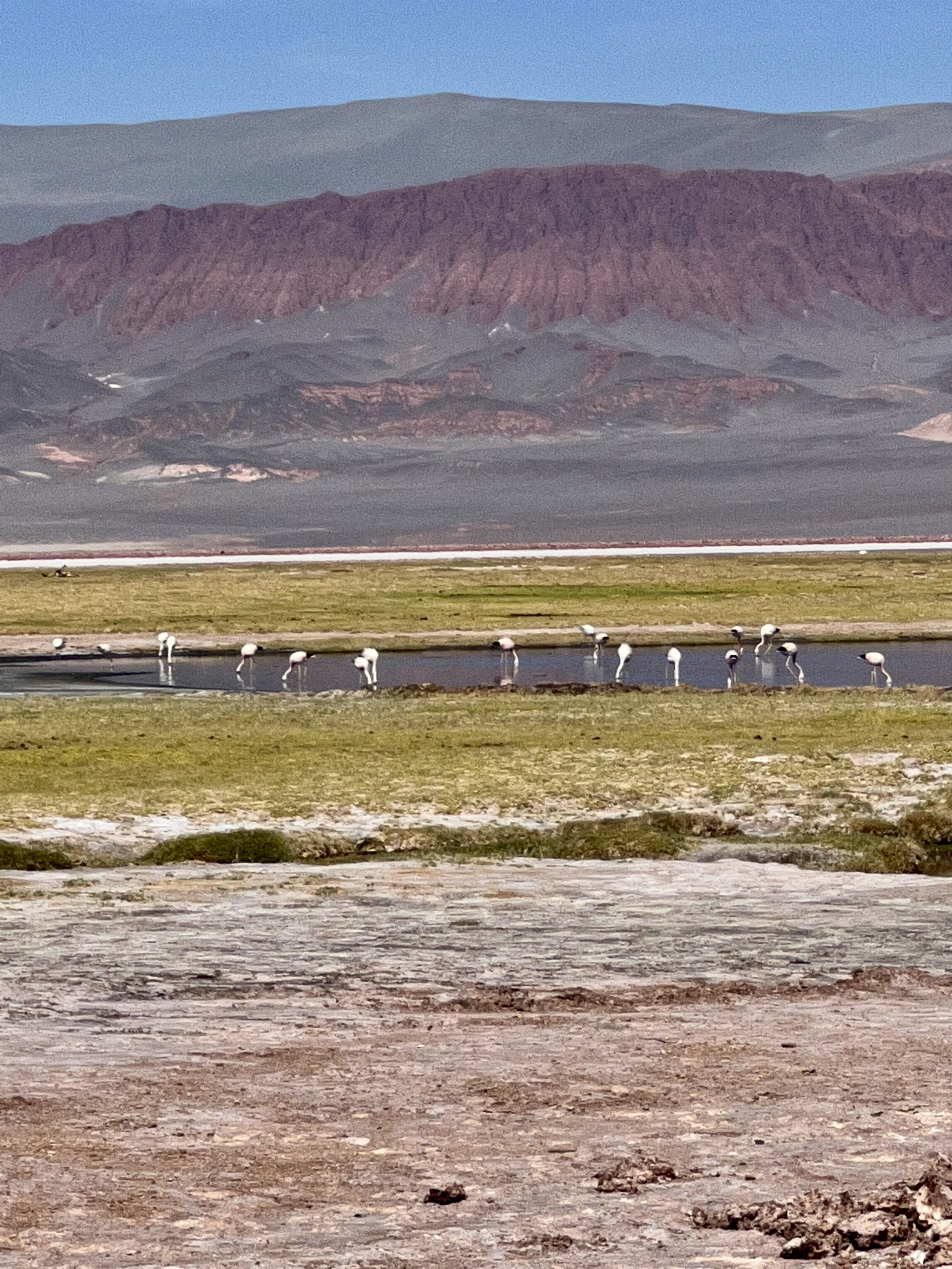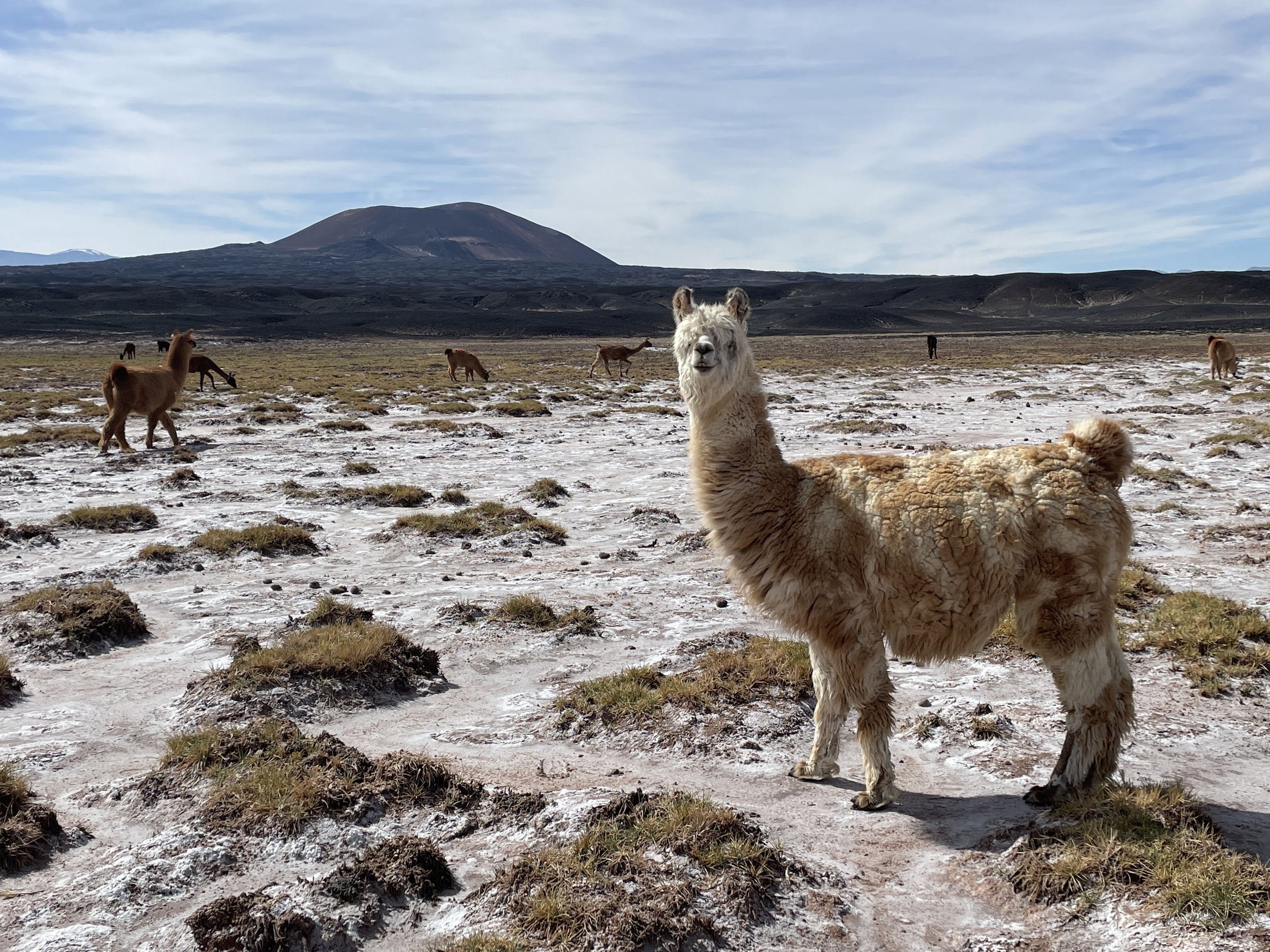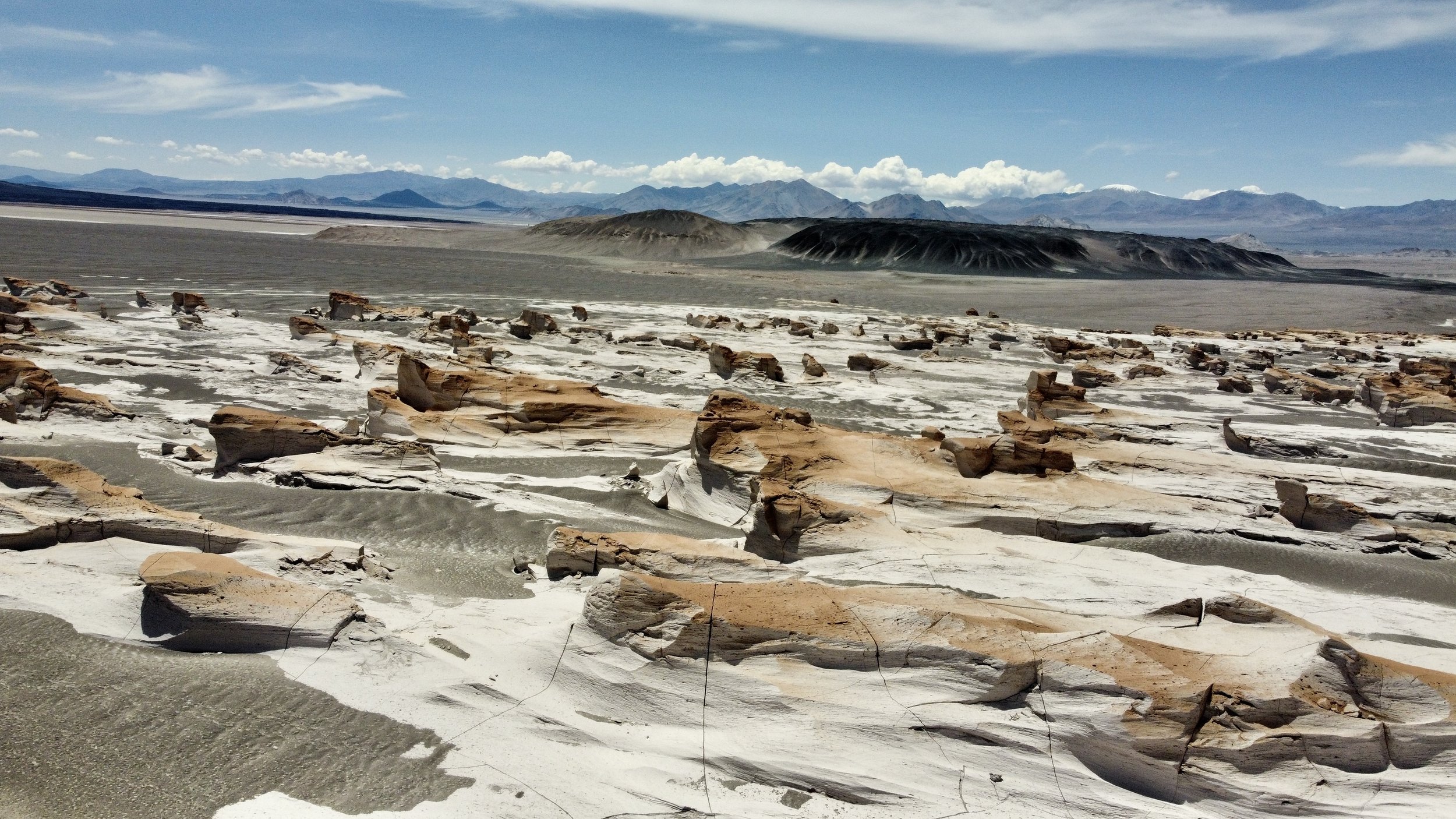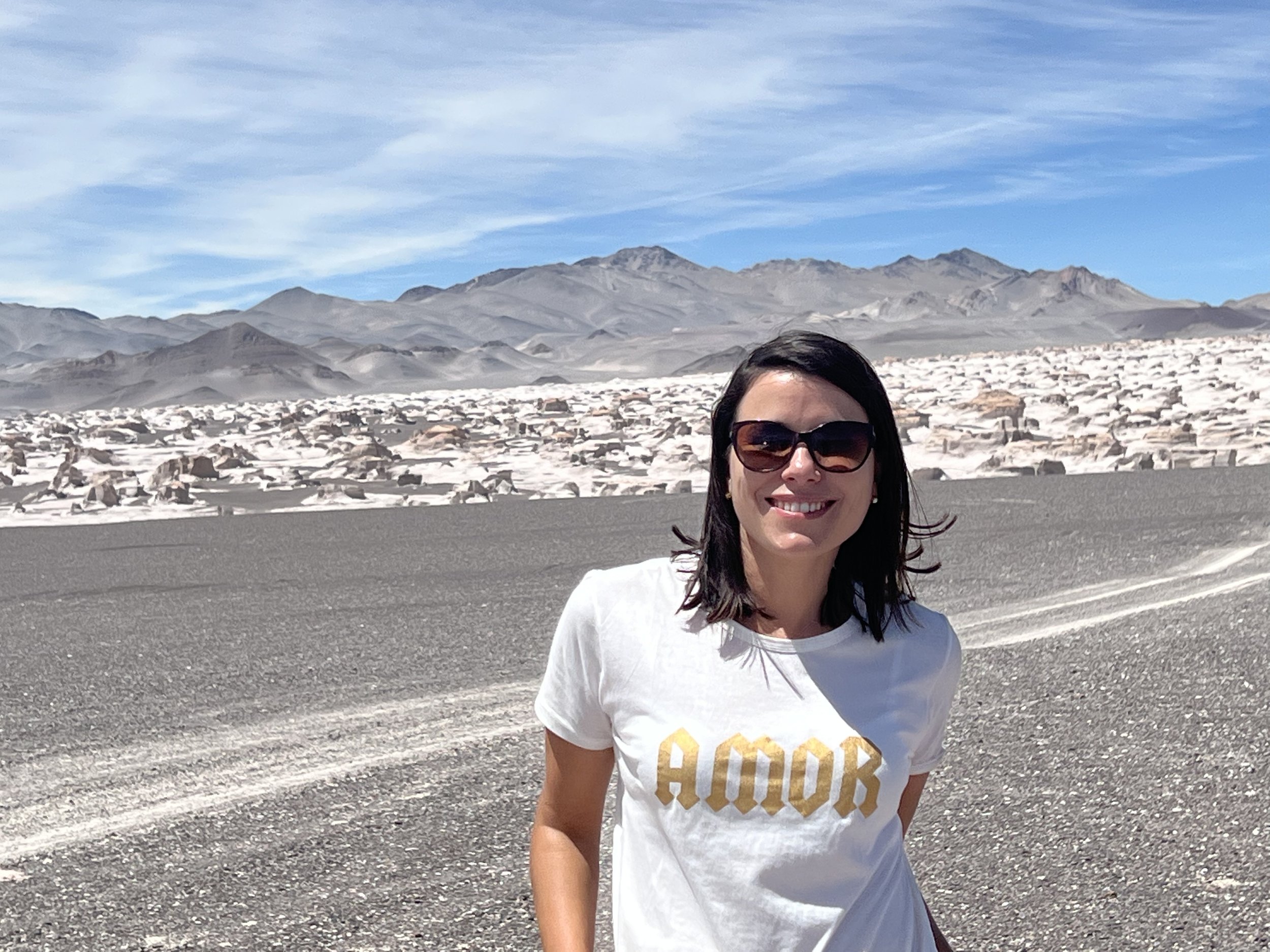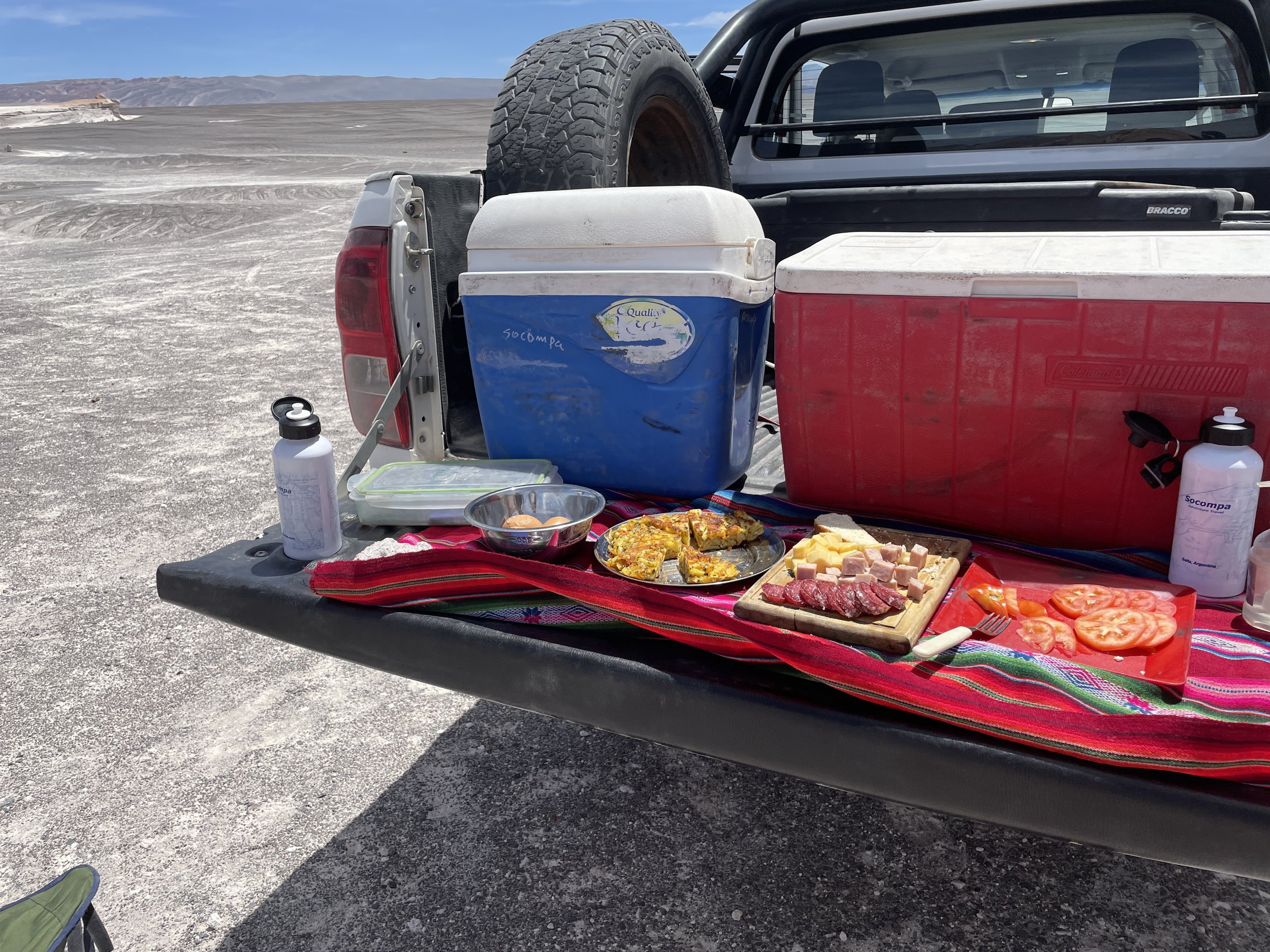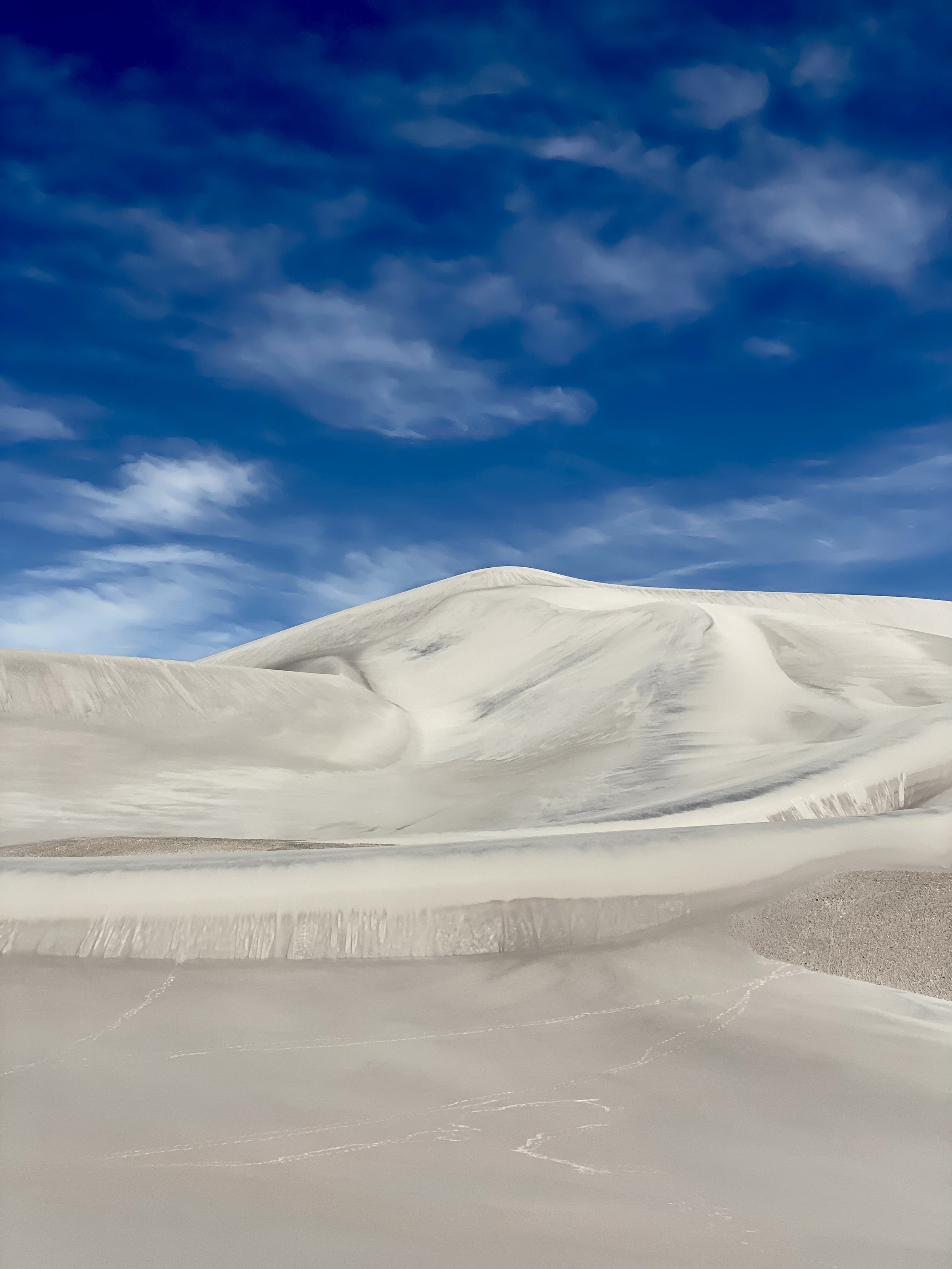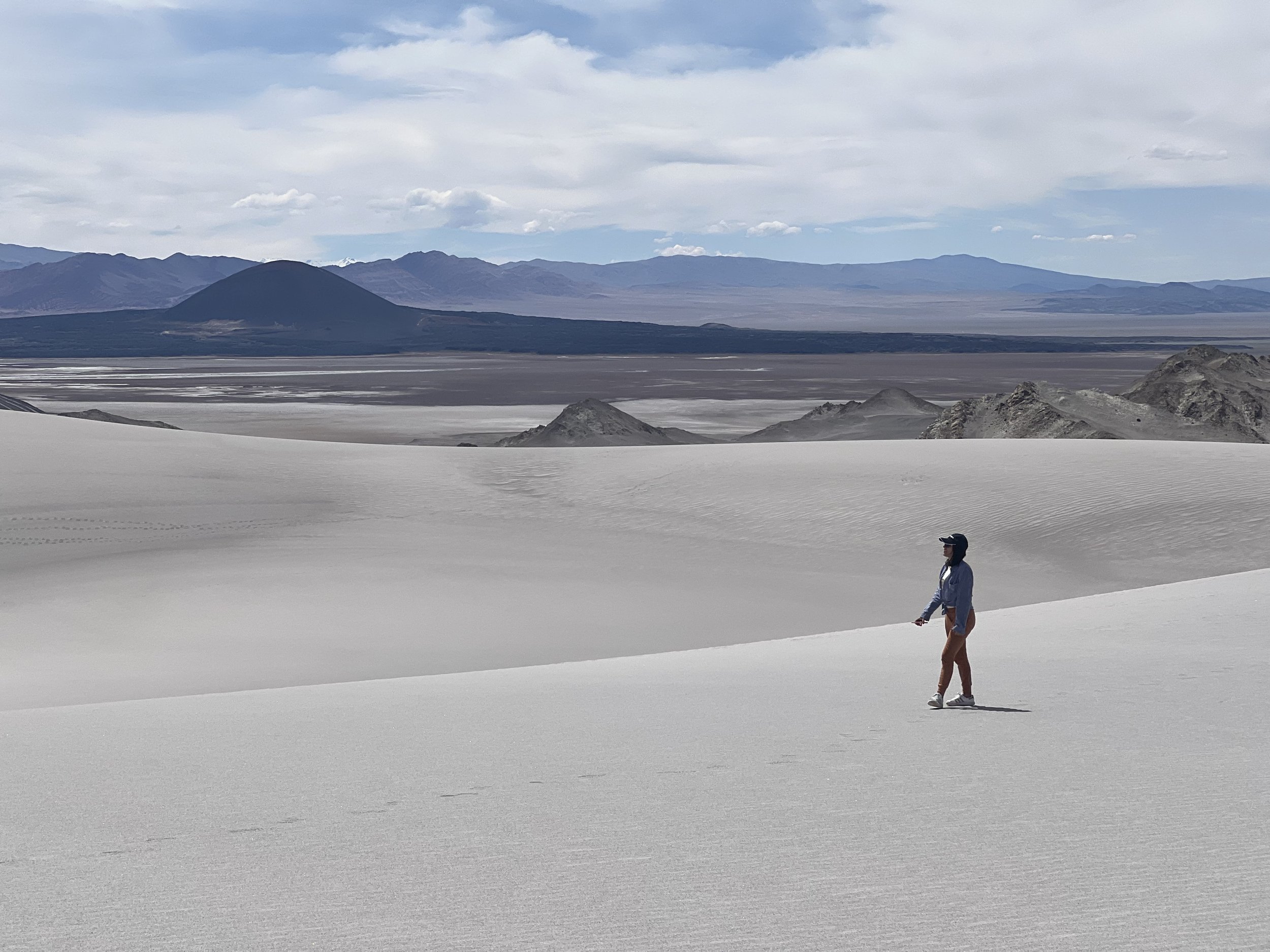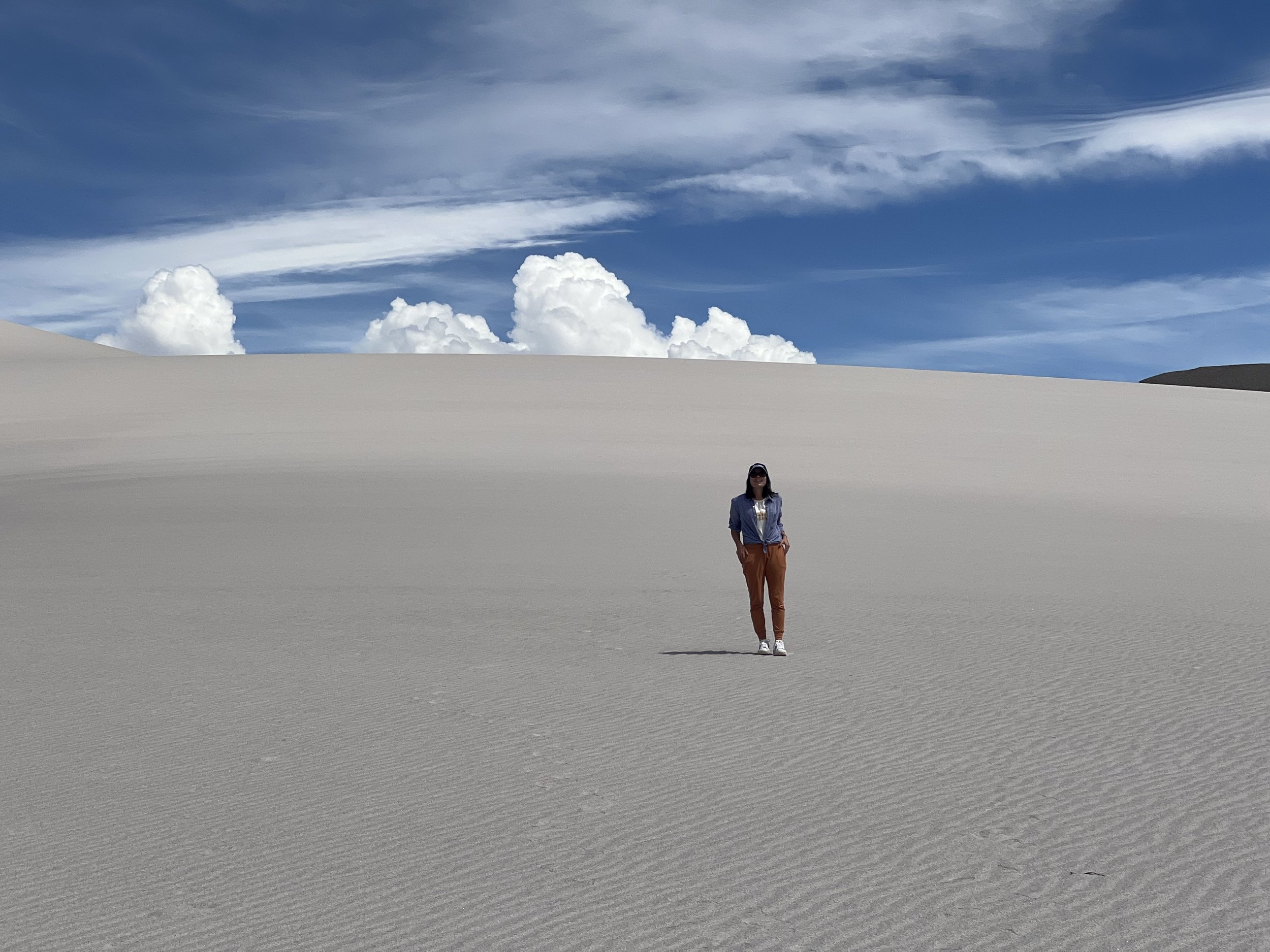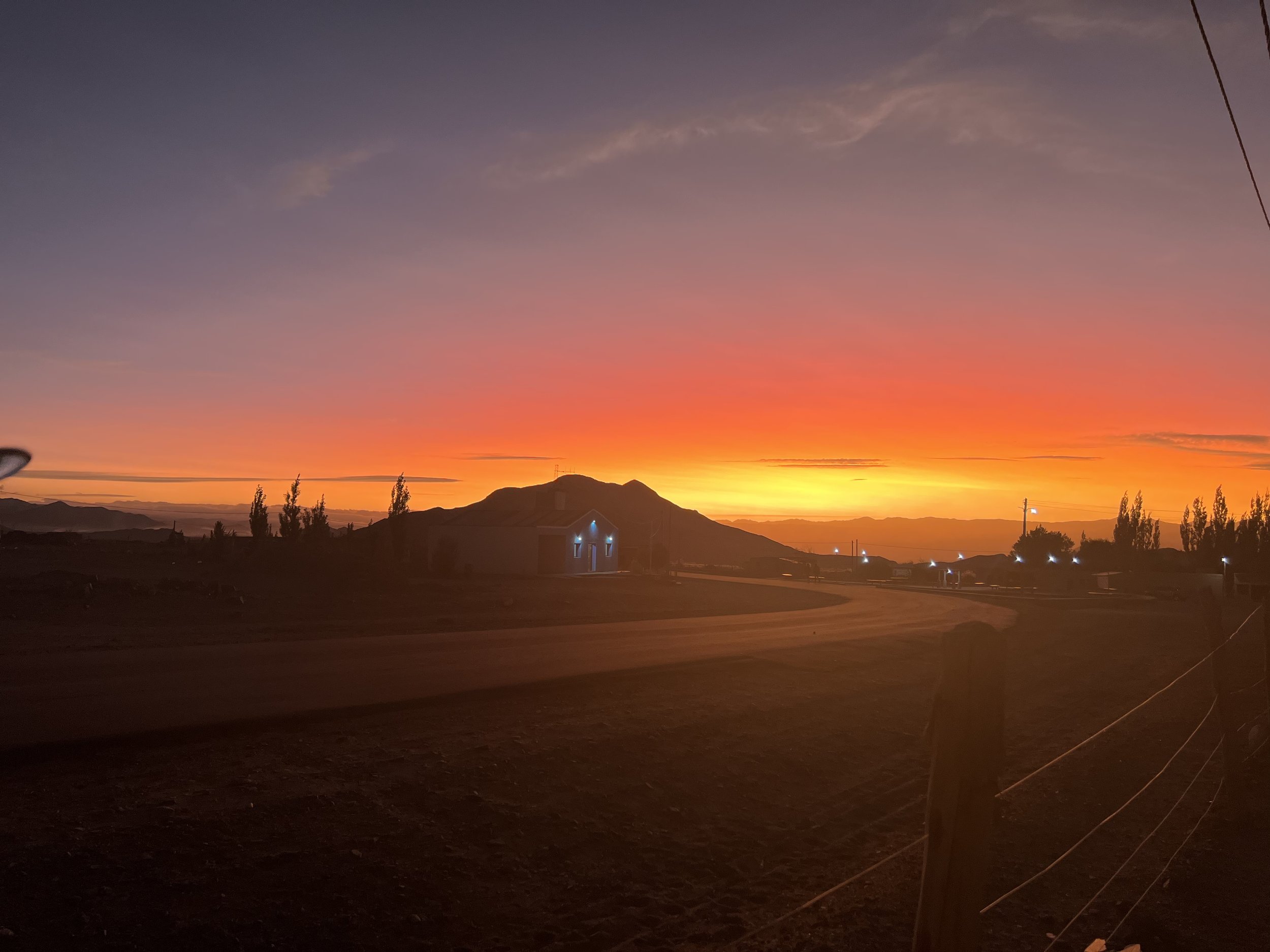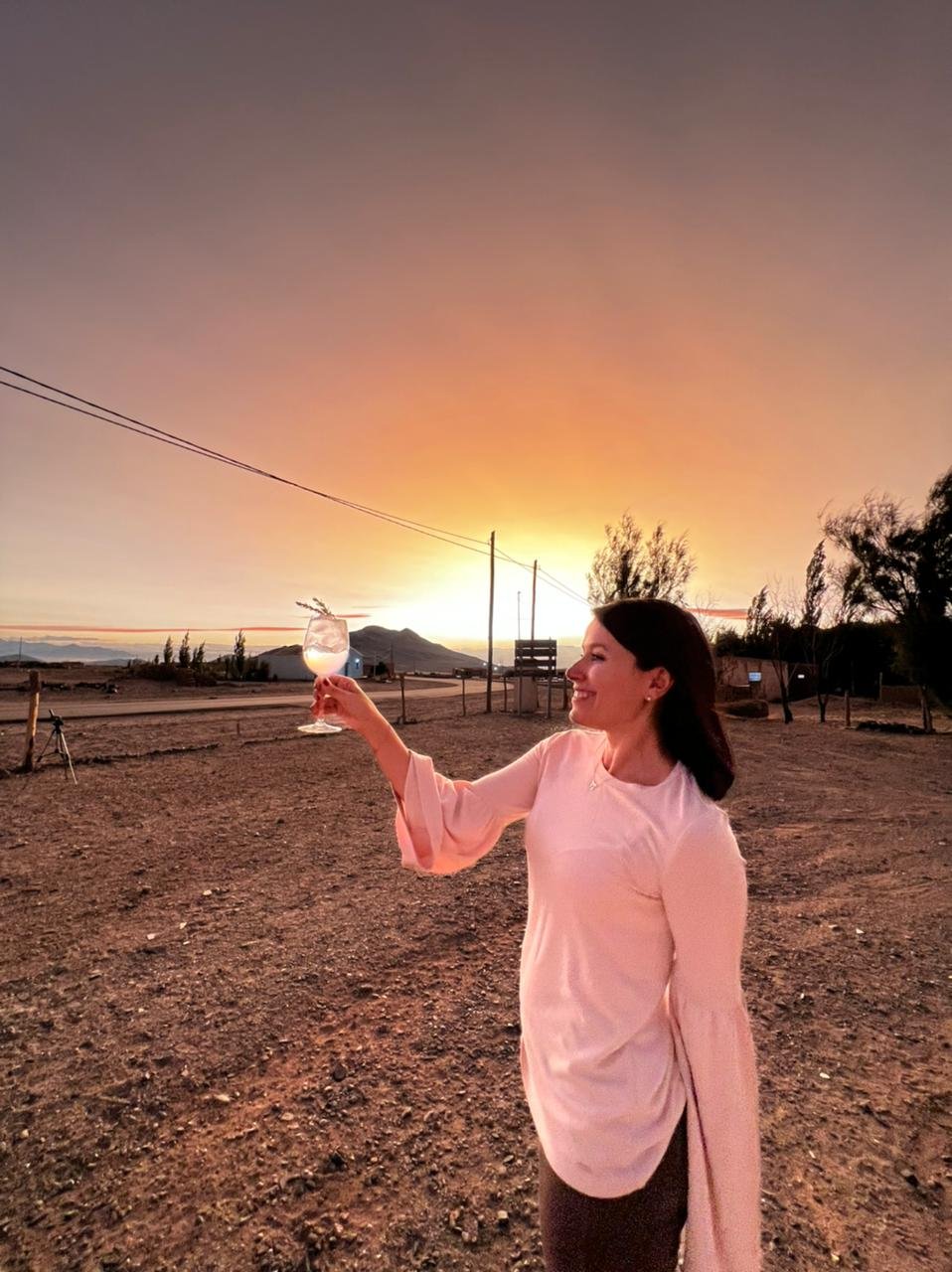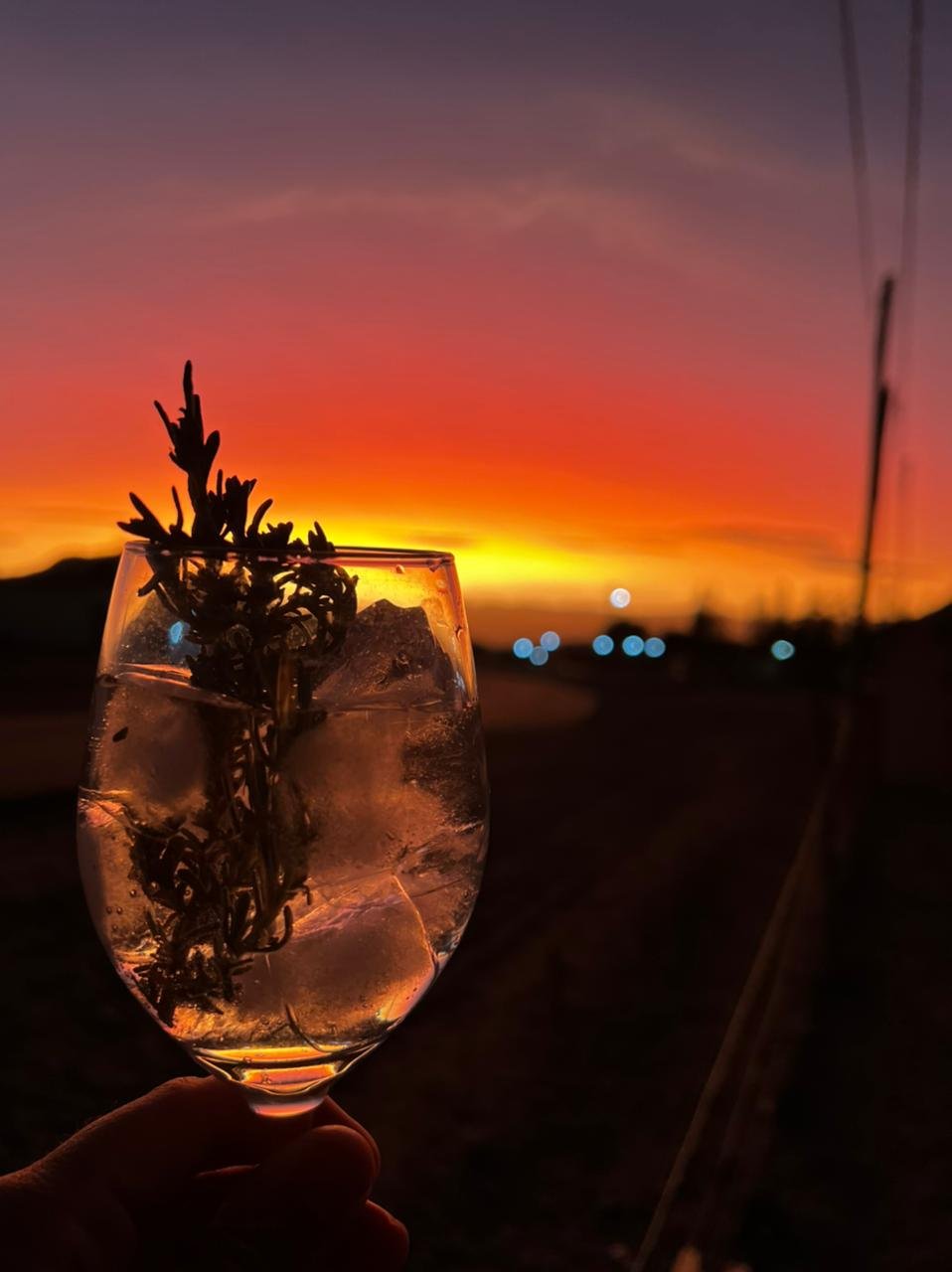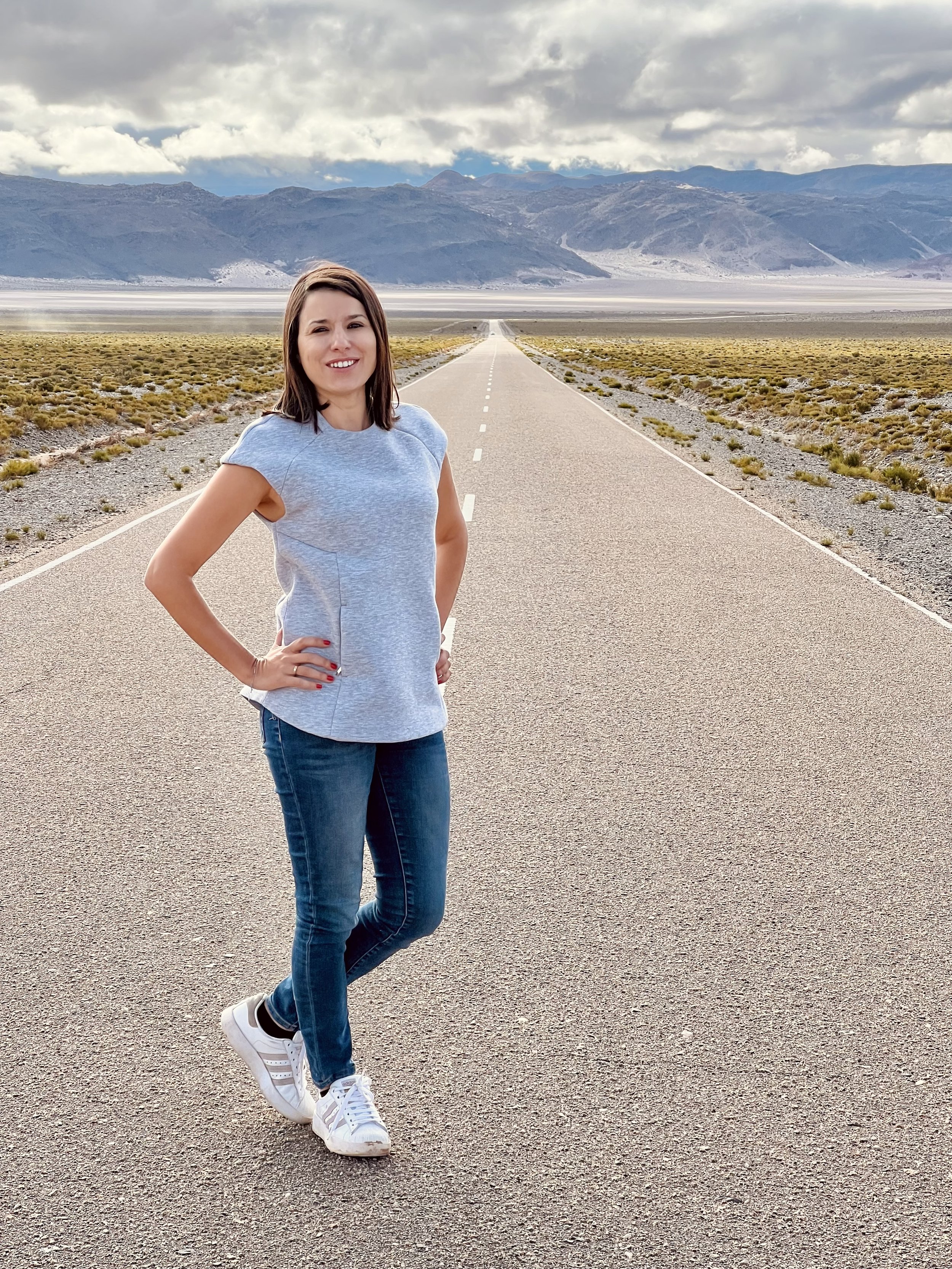Puna Experience
Secret landscapes that feel like they are from another planet We toured the puna of Salta and Catamarca with a great guide, the enthusiastic and professional Lautaro Funes Sángari.
It was a trip planned six months in advance, knowing that the experience would be demanding: four days of traveling through extreme roads, winding courses and desolate trails, delving into unbelievable landscapes, where the immensity subtracts you and places you in a place of smallness and greatness at the same time.
That is why we decided to hire the pioneer in these paths, Socompa Adventure Travel, an agency created by the Italian Fabrizio Ghilardi, a lover of mountains, high deserts and adventure. In Socompa they know the north of Argentina like no one else and they offer a personalized and high level service.
This is how we started our trip in a private tour, in a 4x4 that remained clean during the whole journey. Lautaro, after a cordial introduction, gave us details of the protocols to ensure safety throughout the experience.
Already on the road, we crossed the Quebrada del Toro, beautiful and imposing, a shy presentation of all that we would see in the days to come. The gorge connects the fertile Lerma Valley with the desert plateau of the puna. For starters, we crossed the Viaducto del Toro, then Santa Rosa de Tastil with its impeccable Archaeological Site Museum, which tells of the pre-Inca civilization and the famous Qhapaq Ñan. The handicraft store also stands out there, where the always affable Primitivo is willing to explain to the visitor any questions and concerns, whether about the textiles, the felt objects or the goodness of the herbs of these hills.
By noon we had already arrived at San Antonio de los Cobres, the Capital of the Puna, after passing through Abra Blanca, at 4080 meters above sea level.
We had lunch at the very nice Hotel de las Nubes and then continued our tour. The first stop was in Abra de Gallo at 4630 meters above sea level.
The road opened towards Santa Rosa de los Pastos Grandes, a Salta town characterized by its large number of auquénidos. Small, austere, desolate, with the snow-capped peaks of the Quewar as solitary company. Then we cross the Salar de Pocitos to the Desierto del Laberinto, known by all as the Devil's Desert. Of an intense red color, the clay molded there the most arbitrary and peculiar shapes, generating implausible passages.
Our driver, always attentive, urged us to continue despite our amazement at such beauty. It was time to move along the Cuesta del Macón towards Tolar Grande, the mining town par excellence of the province.
At a moment when the sun was already beginning to set, it was Lautaro who surprised us by affirming with absolute vehemence: "Gentlemen, His Majesty the Llullaillaco". Sacred volcano for the pre-Hispanic peoples, its summit was shaded right in front of our eyes, like a small triangle against the light... It was simply one of the many unforgettable moments that would characterize this adventure.
Once in the town on the edge of the Arizaro Salt Flat -Salar de Arizaro-, tafter nine hours on the road, we stayed at the Hostería Municipal Casa Andina. It was carnival Saturday, in which some signs of life could still be glimpsed thanks to the logical revelry of that date (February 2022), in the very quiet village surrounded by volcanoes and much, much, much immensity.
With no other infrastructure or facilities for tourism, dinner was at Mony Barrios' house-dining room. We arrived at this improvised hall when the sunset had decided to put on another incomparable show. Almost an hour after sunset, the sky was suddenly tinged with an intense, furious red, like a South American aurora deciding to move those incredulous visitors.
The following morning, the ecstasy invaded us because the hour of the appointment with the famous Cono de Arita. was approaching. Lautaro repeated the recommendations to avoid soroche or altitude sickness. The fact is that the Puna is more than 3500 meters above sea level, so the climatic conditions usually generate lack of oxygen, accelerated breathing and heart rate, heaviness of the body, among other manifestations. His permanent mandate was to drink a lot of water, move very slowly and candidly relax in order to enjoy one of the best photographic safaris in the country. Well, his advice had an effect, as we did not feel the typical altitude sickness at any time.
First we visited the moving Sea Eyes -Ojos de Mar-, which at the bottom are home to stromatolites, microorganisms that tolerate intense salinity and high solar radiation and that, millions of years ago, gave rise to our known forms of life. The tiny bubbles that reach the surface from time to time are proof of their ancestral permanence, something that occurs only in very few places in the world.
Later we crossed the Arizaro Salt Flat, the largest in Argentina with its 1600 square kilometers. The word Arizaro means "Vulture Cemetery", because years ago the muleteers crossed into Chile with their animals and not many of them survived such extreme conditions, so they became food for condors and other birds of prey.
The roads are currently in good condition thanks to the number of mines in the area, which keep them accessible. There are also a couple of airstrips in full salt, at the disposal of top management coming from Asia and North America.
Suddenly, in the distance, the star of our trip finally appeared, the Arita Cone.
It had always been a great dream for me to see this rocky pyramid in the middle of the immensity. And of course I was very excited when that dark cone welcomed us among the living white of the great salt flat.
I say alive because, in the distance, the human eye notices the refractory effect generated by that salinity, which rejects the energy of solar heat and returns it to the air in the form of ascending waves. Too difficult to explain and even more difficult to portray in a photograph. It is a magical sensation in which the solitude of the Cono de Arita touches. And although we had read a lot about it and even heard testimonies from other travelers, there is certainly nothing like contemplating it in silence in front of us, in peace and with complete admiration.
Several theories have emerged about the black volcanic pyramid, some more peculiar and fanciful, others with more scientific support.
After the photos, we marched towards the oasis of Antofallita, a handful of meters inside the province of Catamarca. It is a fertile place where only the brothers Corina and Héctor live, who maintain a bitter disagreement of decades for the use of the spring that gives them sustenance.
Next we cross Antofalla salt flat, following a trail, until we reach another wonder that nature hides there. It is the Laguna Verde, known by some as the Caribbean of the Puna for its intense emerald color. Like the eyes of Tolar Grande, under its waters are sheltered extremophile bacteria capable of surviving in the salinity.
The clouds are reflected in the water, so it is easy for cell phone cameras to play with the optical effect. Not to mention the more professional ones.
For lunch the appointment was at Marta Salva's house in Antofalla, the largest oasis of the salt flat. A secluded and almost unreal adobe village with a movie-like alley in its center, crowned by a lavish apple tree. A milanesa with quinoa tortilla on the side and some succulent freshly baked meat empanadas were our snack.
In a hurry, Lautaro showed us the route that awaited us to El Peñón, our next destination.
First the Abra Colorada, the highest point of the journey with its 4635 meters, until we reached Vega Colorada, home to countless vicuñas, agile and shy, and also a few wild cows. At the Cuesta de Calalaste Lautaro stopped the Hilux and climbed up the slope to get a few sprigs of copa-copa. We were talking about cocktails and the aromatic herbs that go well with gin... and our guide, also a sommelier, promised to make us try that herb once we arrived at our destination.
The next stop was Antofagasta de la Sierra, a town surrounded by deep black volcanic material. Disbelief was again put to the test, it is very hard to believe how inhospitable these towns are. The most populated corner was the military police building, because there the weak wifi signal allowed the locals to connect a little with civilization... The coverage there is so tenuous that a little headwind leaves the devices without connectivity.
There was one last ride on a paved road to El Peñón, to check in at the neat Hostería Hostería of the same name managed by Socompa. Just in those days that place began to have electricity supply twenty-four hours a day... quite an event!
In the evening, in the dining room we were served authentic homemade food, prepared by the cook Nacha: pumpkin soup, meat casserole and flan for dessert.
On the third day, many attractions were already scheduled without the need to travel so many kilometers. First we climbed to a panoramic point from which we could anticipate the route and the majestic landscapes that awaited us.
Then we entered the desert valley of Carachi Pampa, a colossal esplanade where only a few brave high altitude grasses live, such as the rica rica or pupusa. In the background, the majestic Carachi volcano, black, contrasting. The strength of the 4x4 made itself felt. We followed a trail over the jet volcanic material to reach the Laguna Colorada, shelter of the elegant flamingos and parinas. The huge lagoon is located right in front of a mountain range, formed by reddish minerals, so the intense light generates that color is reflected in the water. We approached stealthily so as not to disturb the distinguished and graceful birds, some of a brighter shade of pink, others lighter; their long necks hide in the water looking for food and their also long legs simulate a dance as they walk.
After about an hour of contemplating them, and interacting with llamas grazing in the ground springs, it was time to leave. While we were taking the last photos, an unexpected event happened that would forever mark this trip as one of the most grandiloquent experiences of @tripticity_. The caravan of a group of motorcyclists that we were crossing stopped right next to us when one of them fell. Expecting the scene, and waiting at the same time to take the precious photo once the trance was over, we heard a loud scream that said my name! The identity was hidden behind the armor of the bikers. Quickly the incognito pilot climbed the black hill and approached us, it was my titanic cousin Ivan! One of those free characters who go through life savoring it, eager not to miss a second of it. It was such a commotion, in that fleeting encounter hundreds of kilometers away from our respective homes, that just before he went back to climb on his mega motorized goat, we were able to arrange a meeting later in El Peñón, where by divine grace we were to coincide that night of the long carnival weekend.
With our spirits still high, we continued our march to reach the Static Sea, another endless esplanade in which, due to the fierce winds of the high plateau, the ground was marked like moving waves, although in reality there are no more than eroded lines of torn soil.
Further ahead, the majestic Pumice Stone Field awaited, a natural formation produced as a consequence of the volcanic activity that prevailed in those latitudes. Those who know teach that it was a great explosion that scattered ashes and debris that later crystallized giving birth to the most unique forms, rocks with the appearance of another planet, full of holes that are nothing more than the escape routes of the gases that flowed during the cooling stage. It is a monumental giant labyrinth of white rocks, almost like a toy, so beautiful!
By the way, the other planet is literal: every year NASA scientists come to Carachi Pampa to study the terrain, with their sights set on the day when man will be able to inhabit Mars.
Finally, a visit to the White Dunes, also known as the climbing dunes: fabulous, impressive, eternal. A last seductive walk through these fields of white sand that rise with undulations along the wonderful edge of the volcanic peaks.
We returned to the lodge to make ourselves comfortable, so as to enjoy another impressive sunset with a palette of colors projecting into the sky. It was there when Ivan arrived, and we took Lautaro's promise to prepare a gin and tonic with a glass to add even more flavor to that unforgettable twilight. We all had dinner together at the inn; again Nacha served us a tasty regional menu with chicken milanesa and we did not stop toasting to the fortuitous meeting.
The last day of the tour through the Andean meseta was already on paved road, passing through Paja Brava, the Catamarca towns of Hualfín and Santa María and then entering the Calchaquí Valley, crossing Cafayate and the Quebrada de las Conchas.
The last stop was in Alemanía, made up of a dozen small houses where the old train station stands out, recycled today in a nice bar. It was there where we made the ritual of positive conclusions, for those four days without equal that we will always carry in our hearts, thanks to our new and great friend Lautaro.

